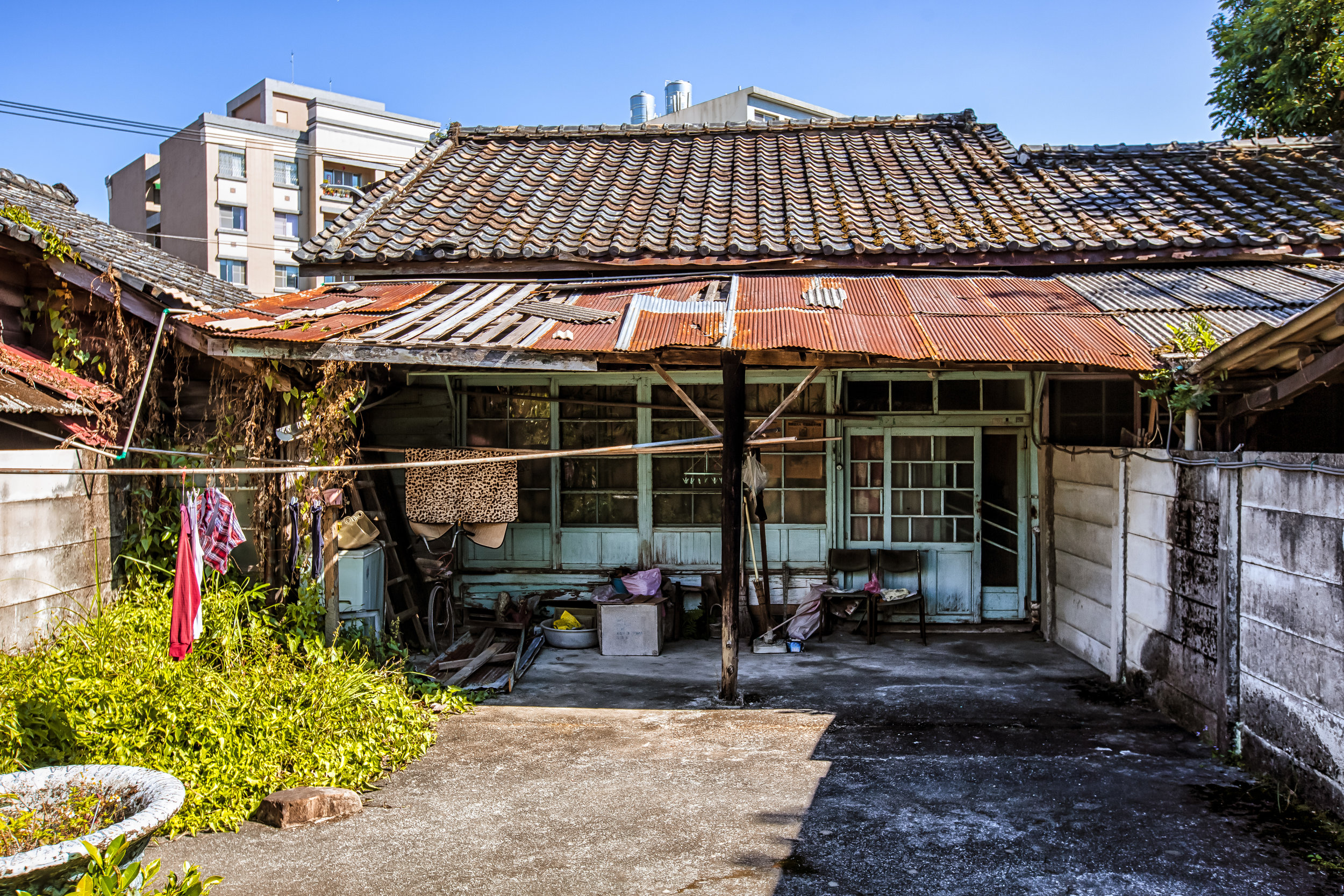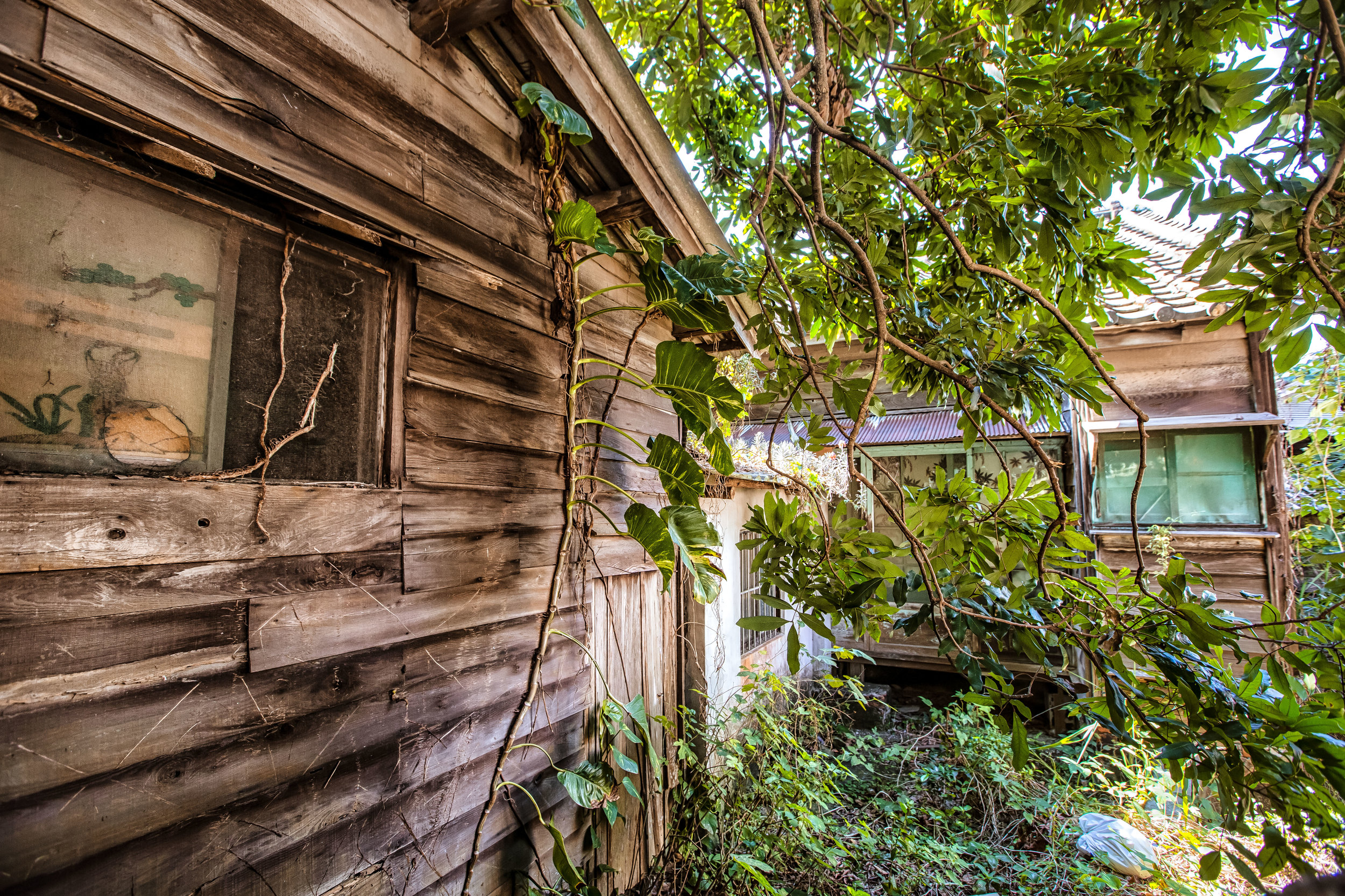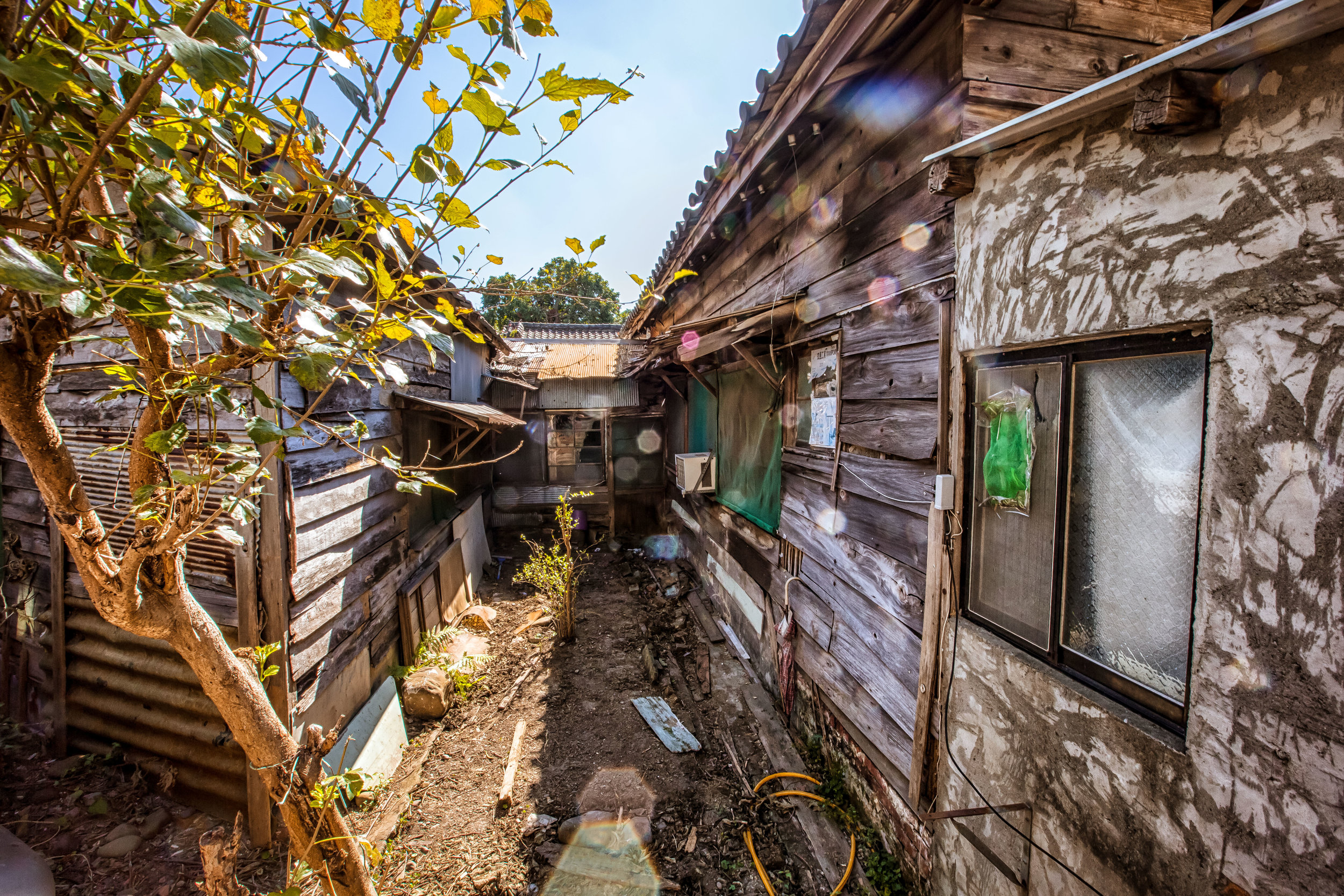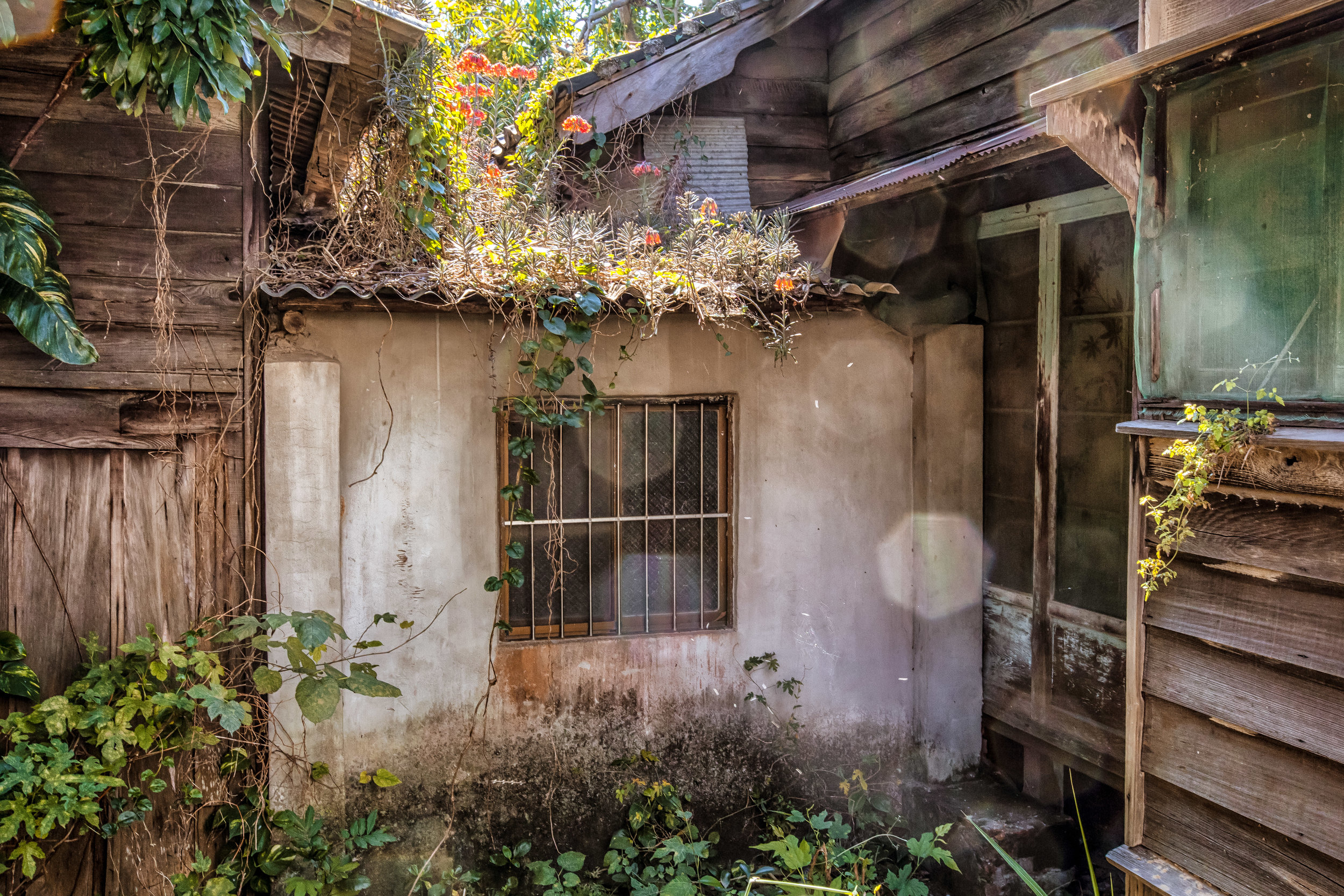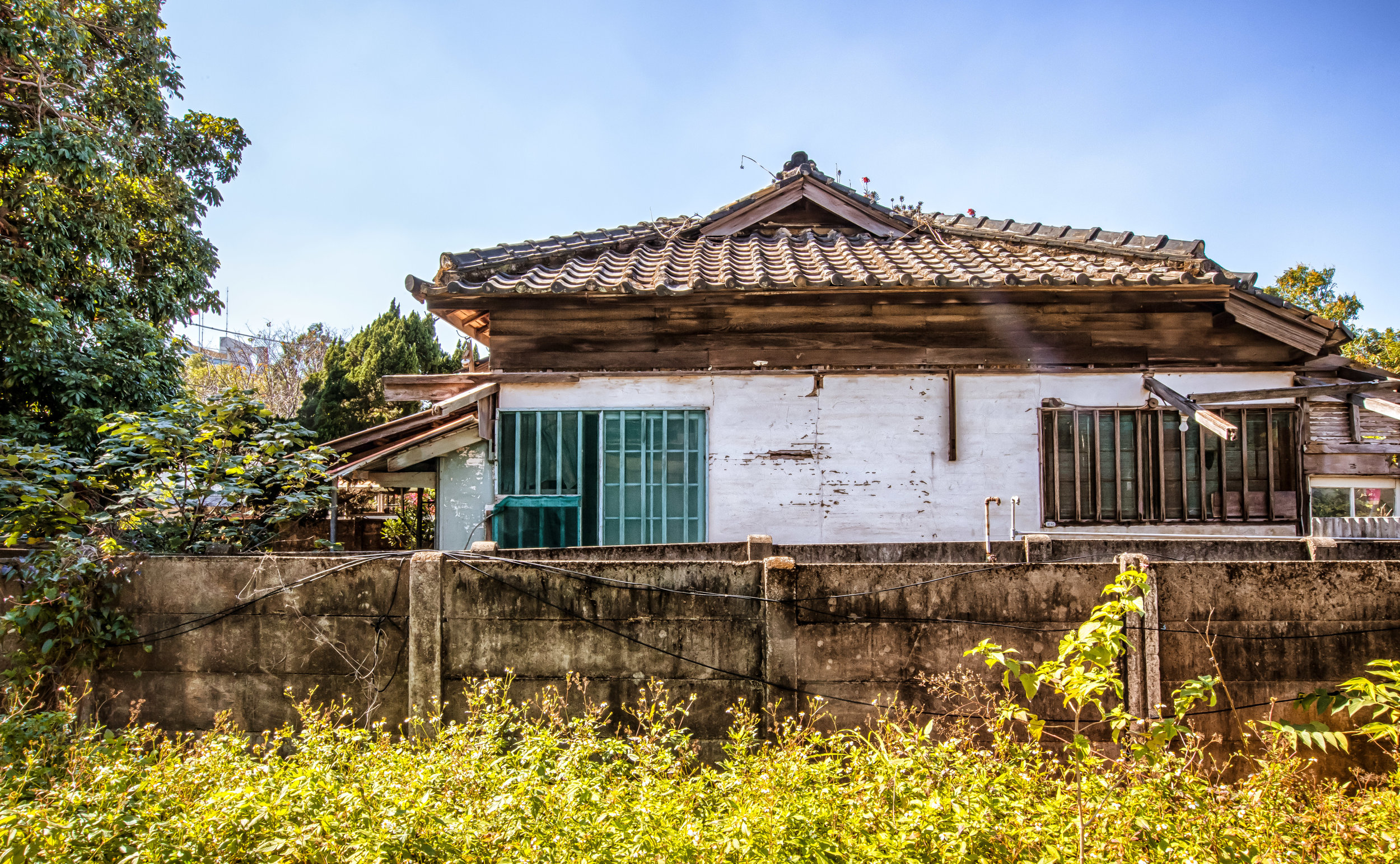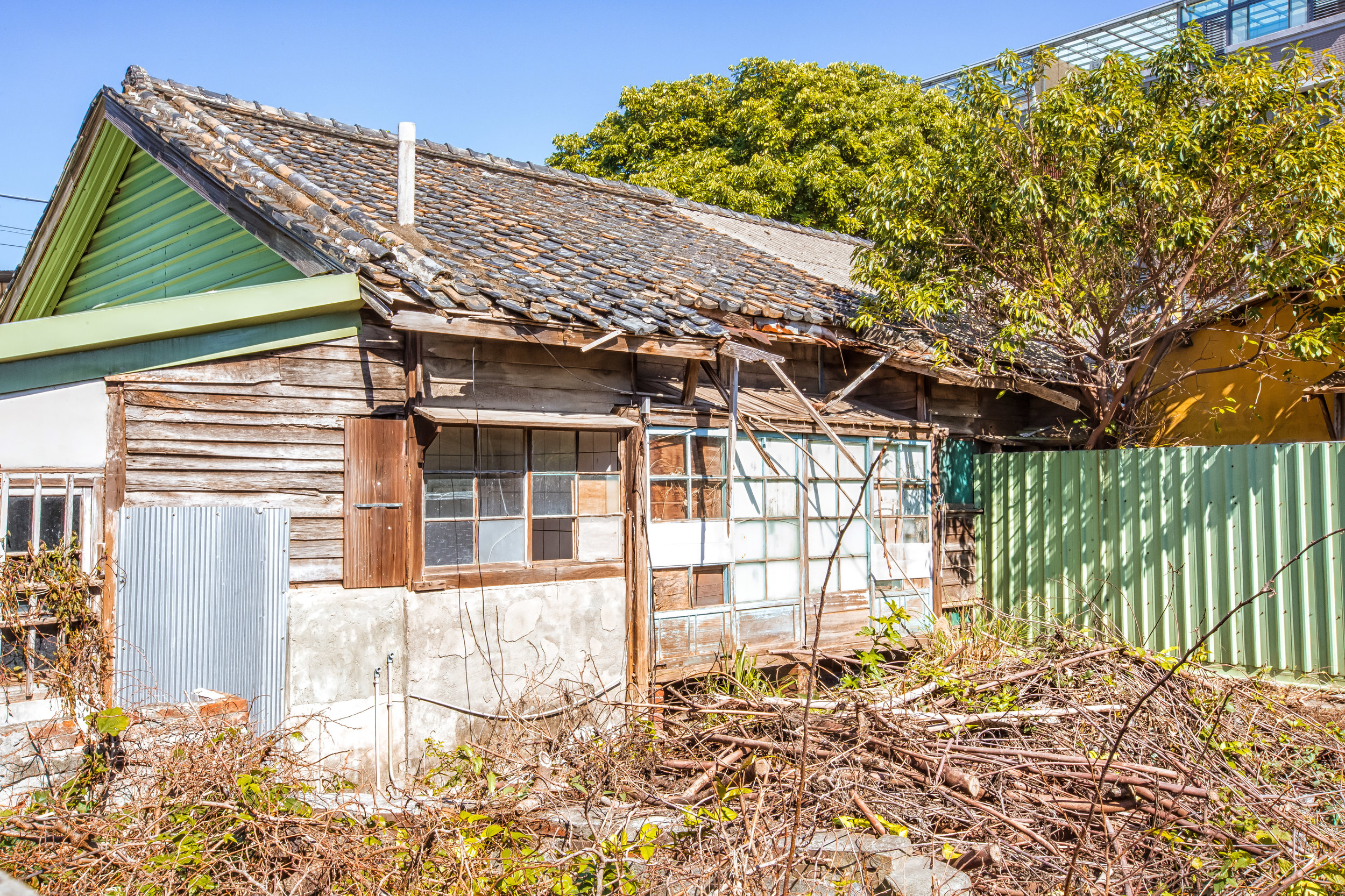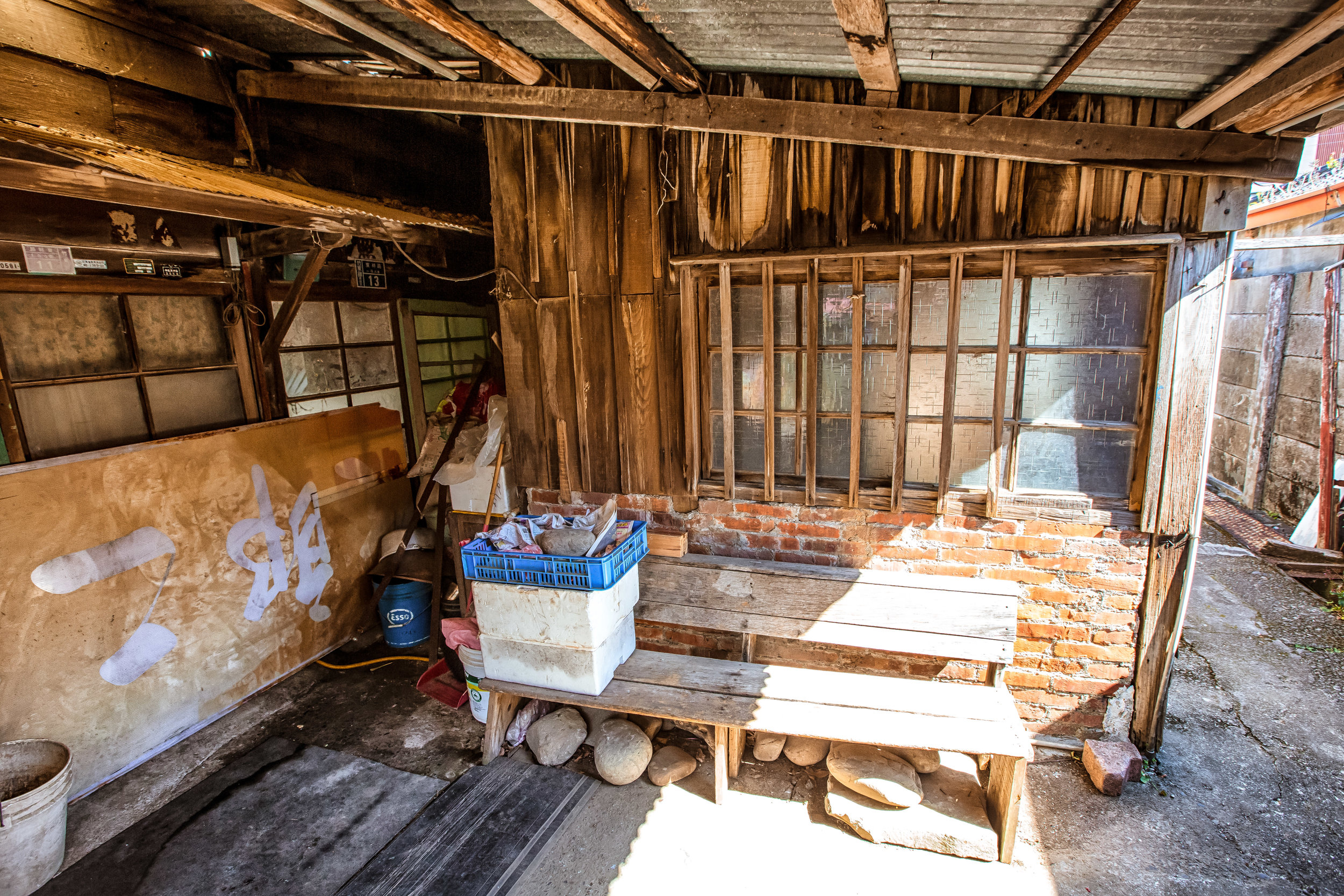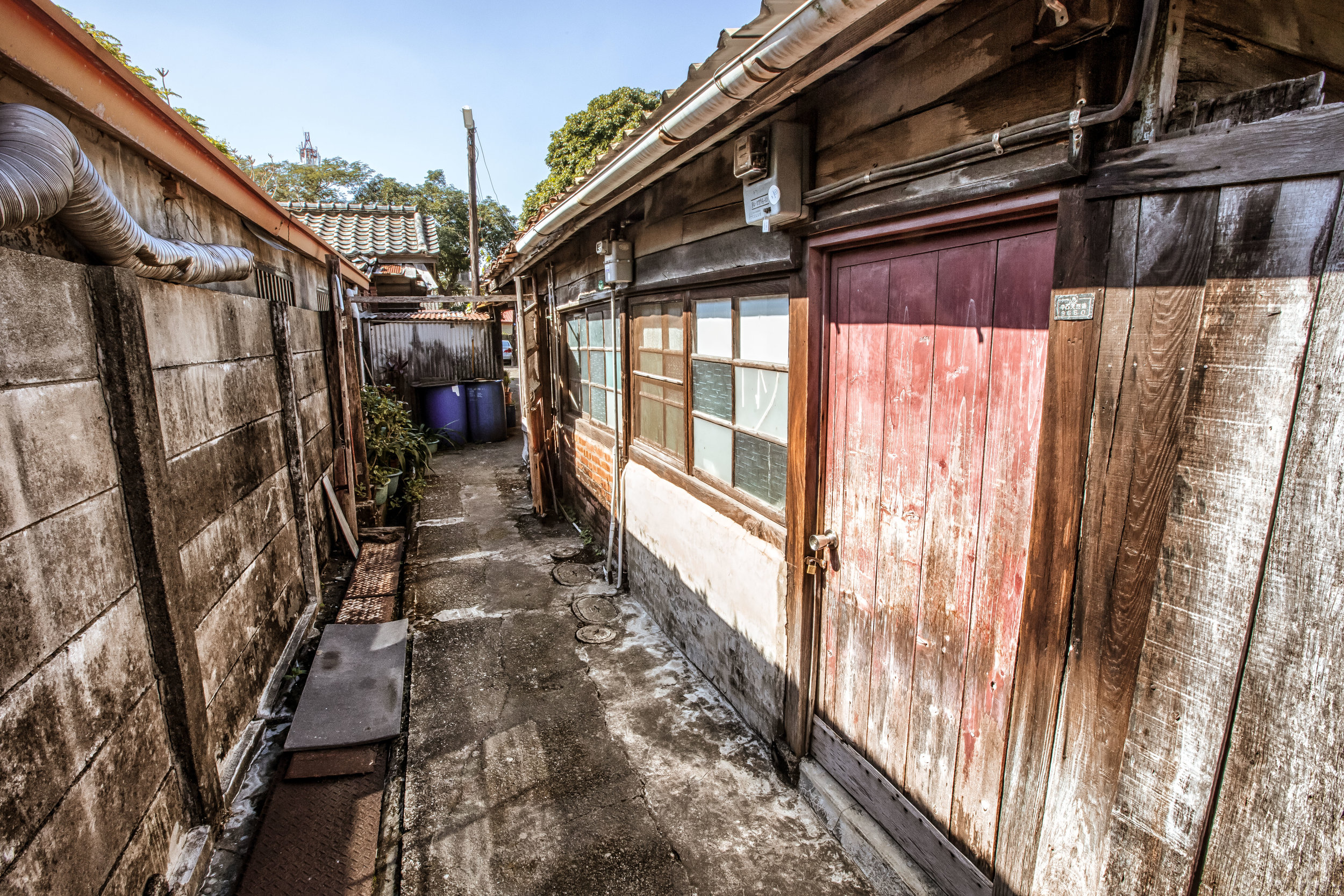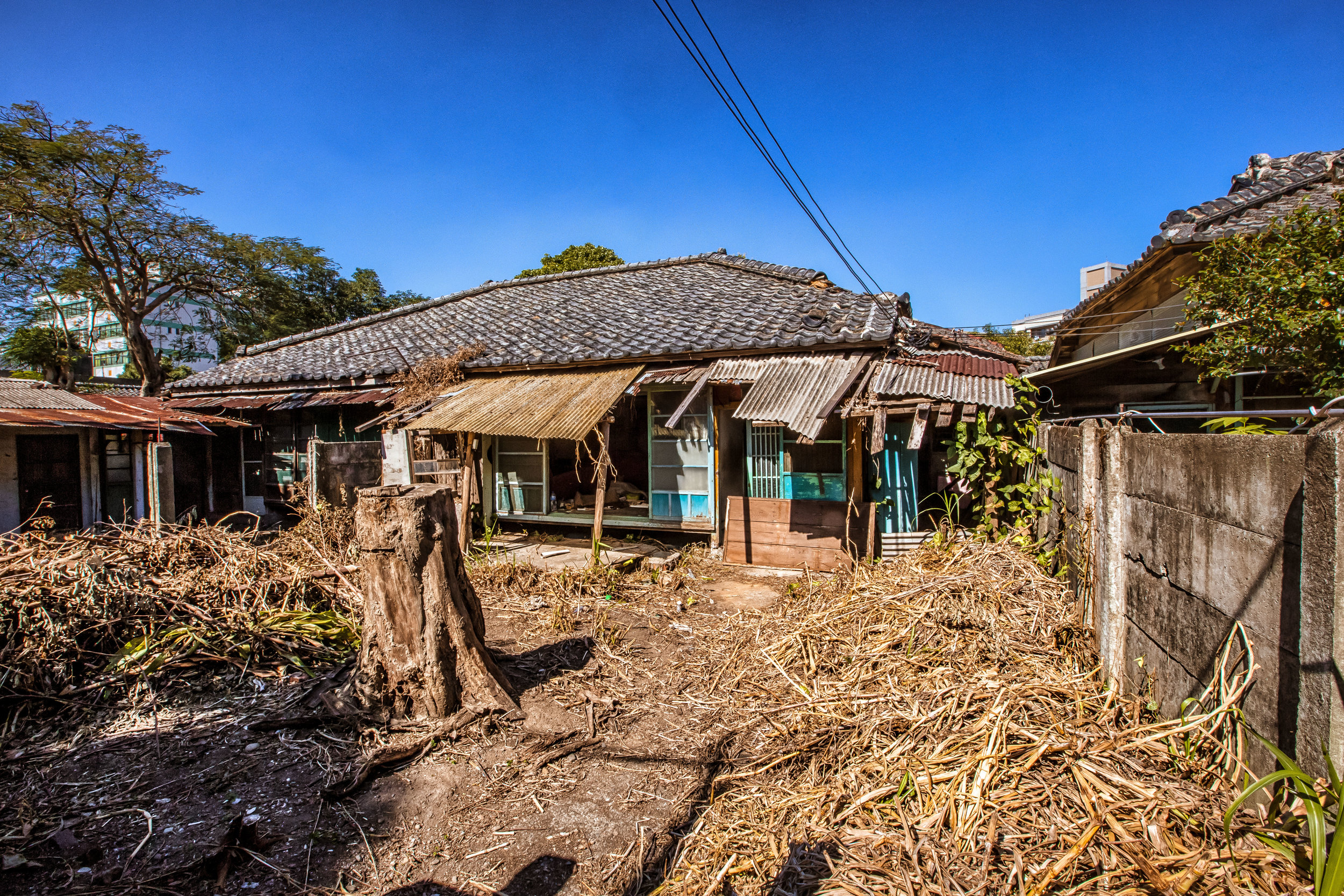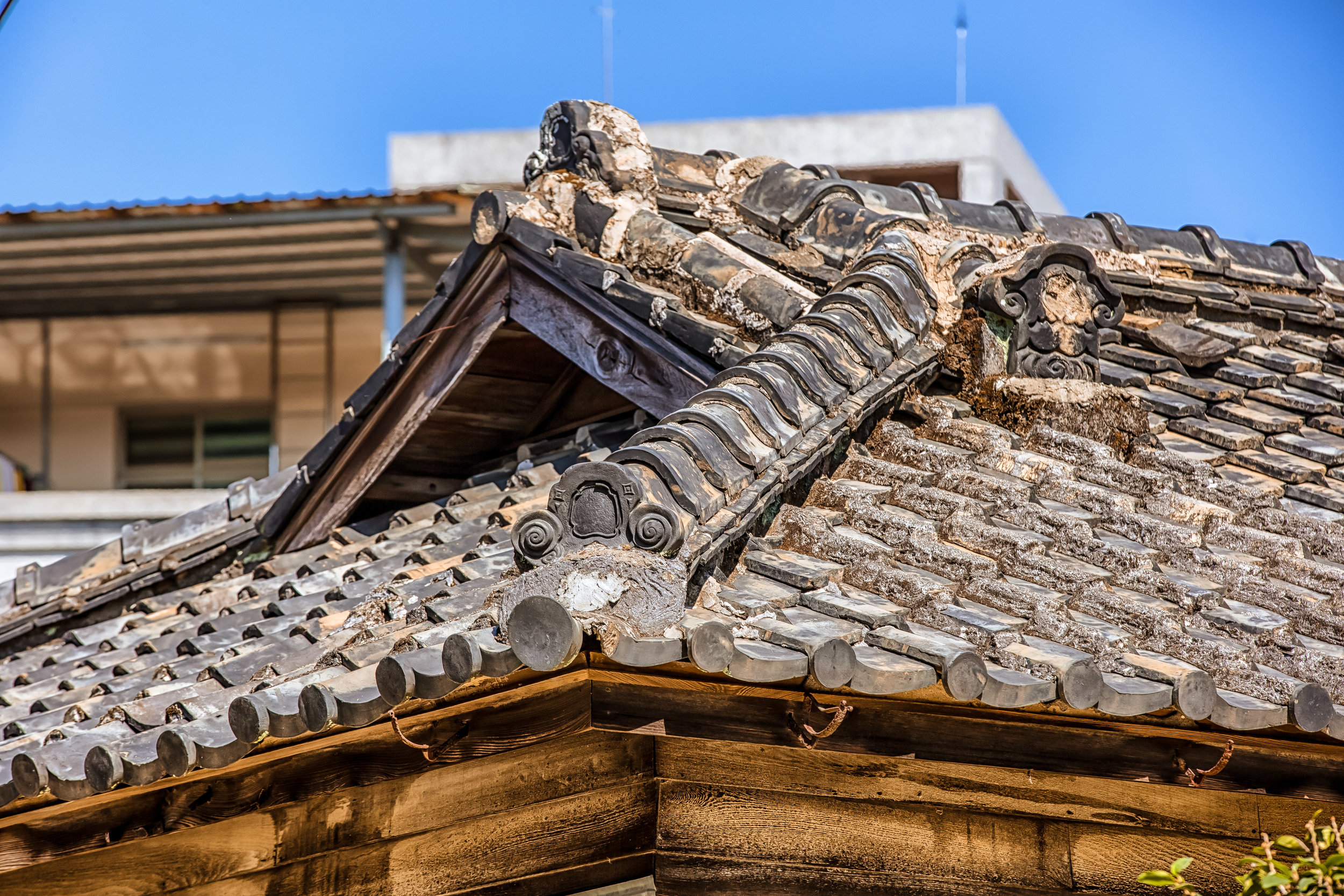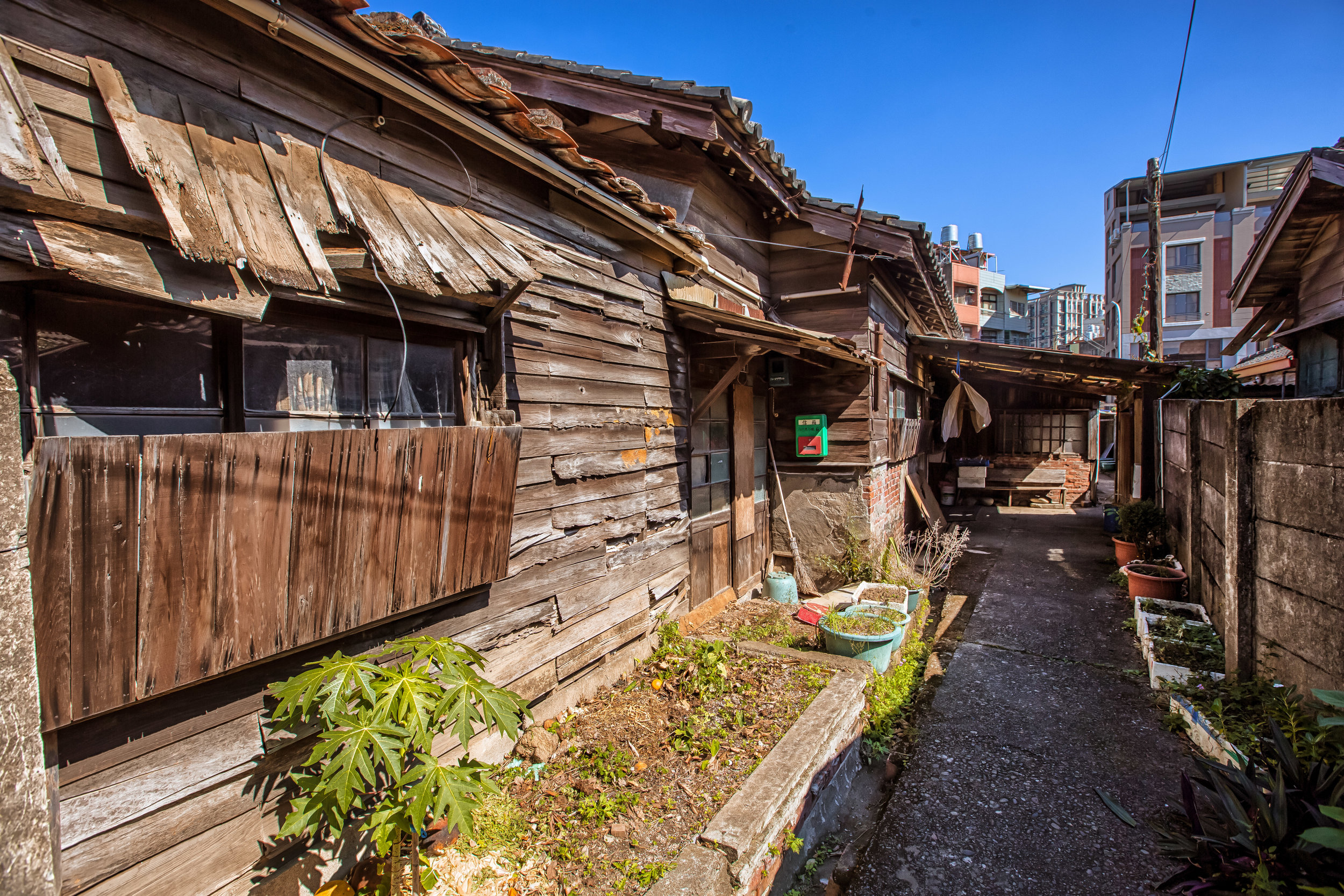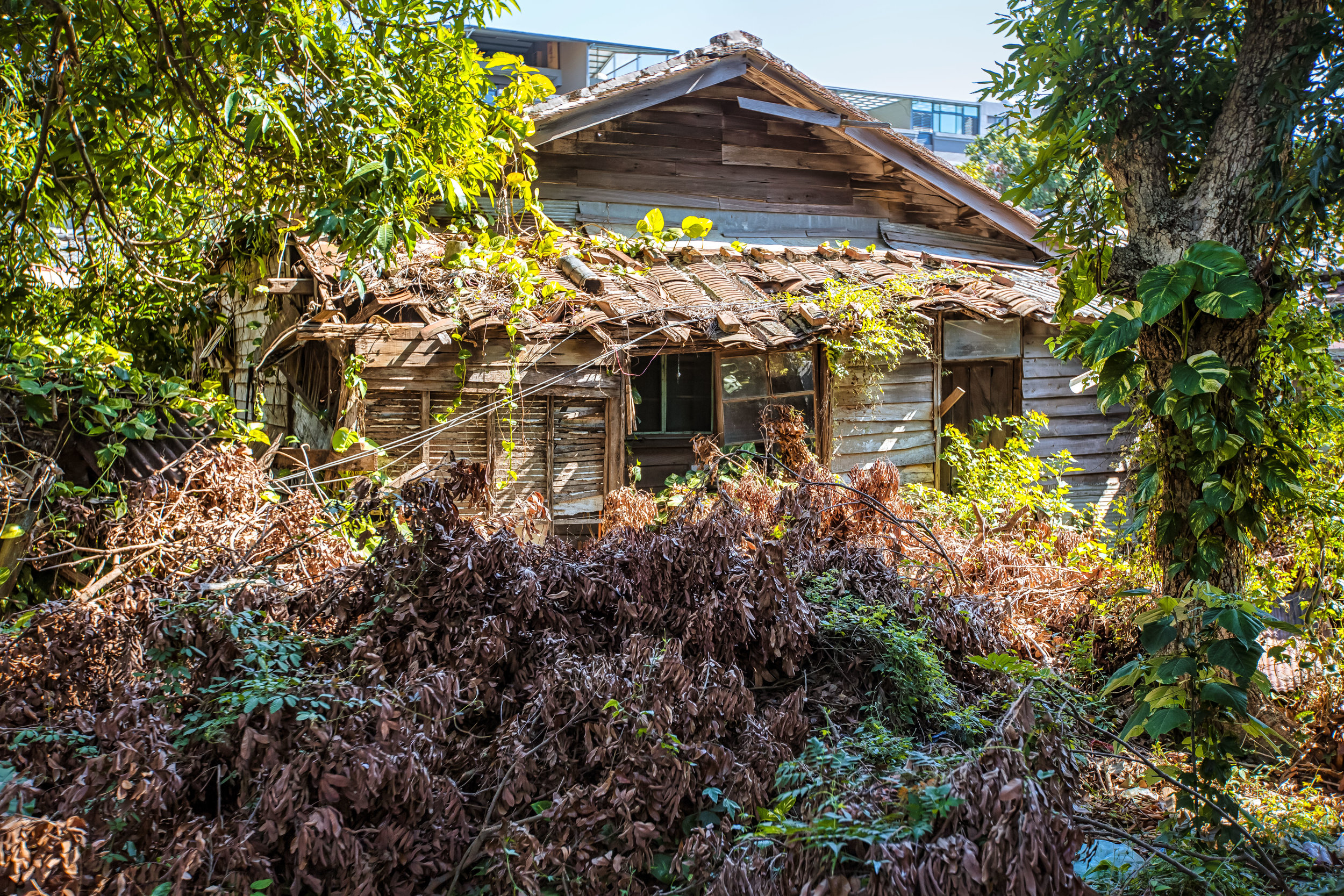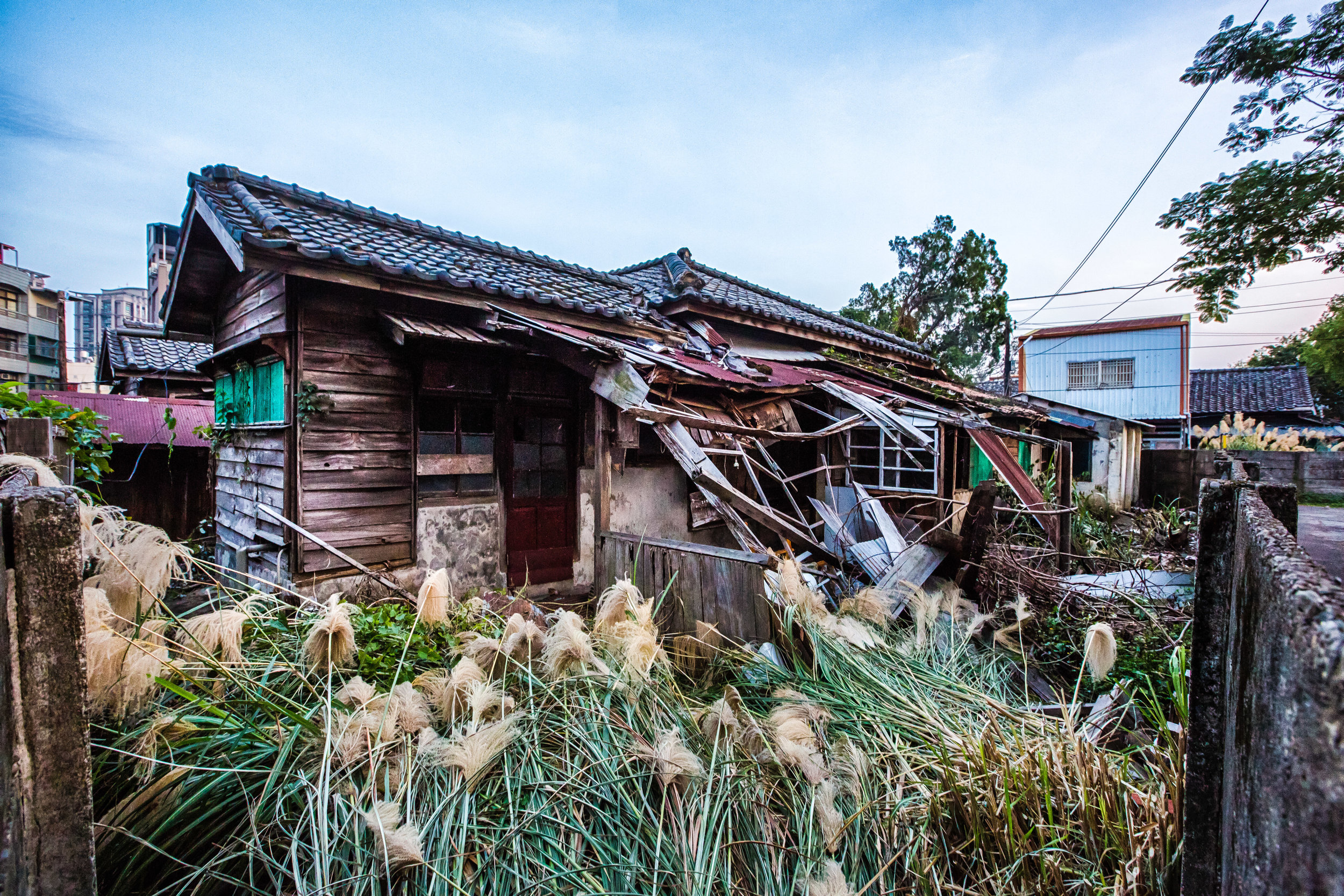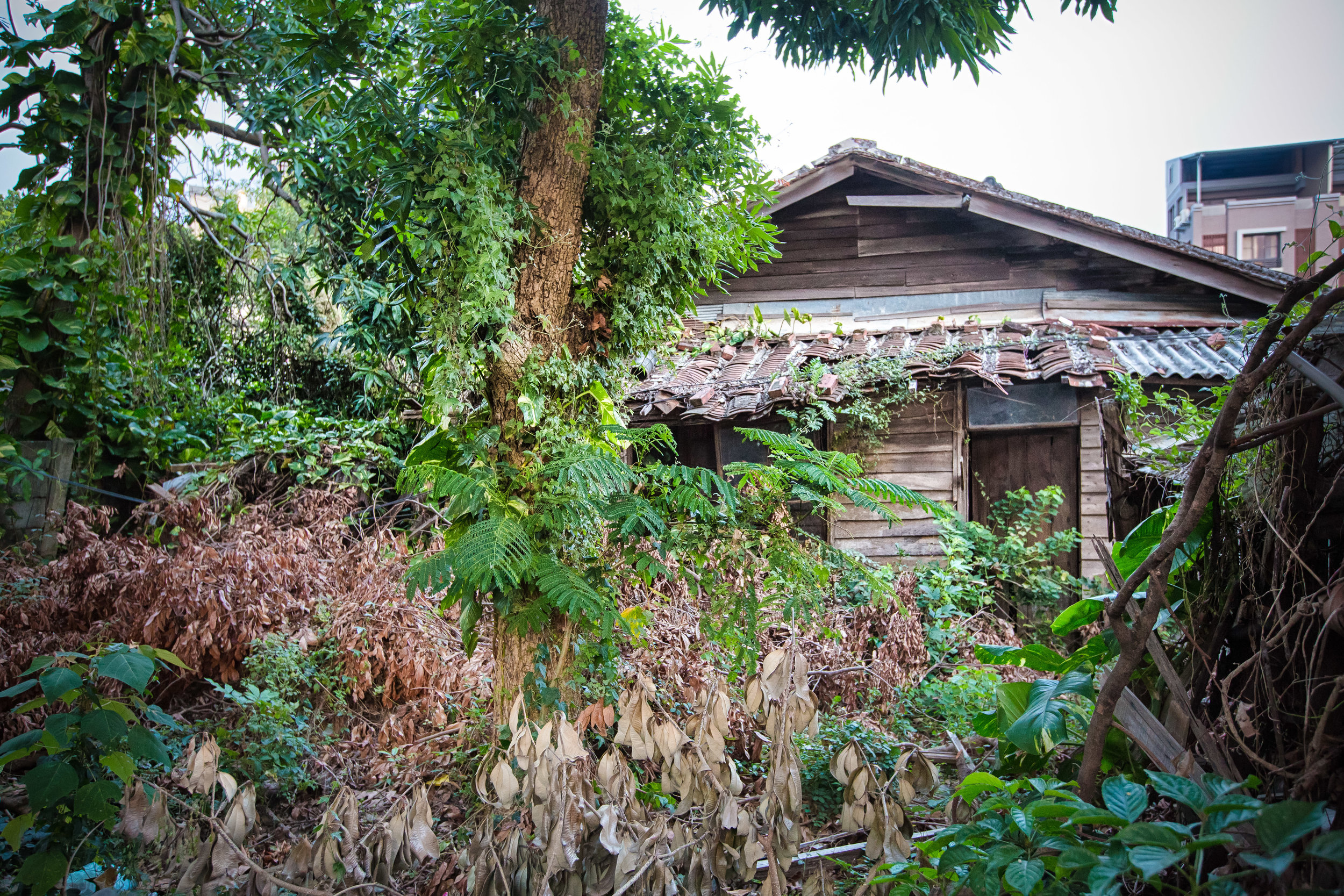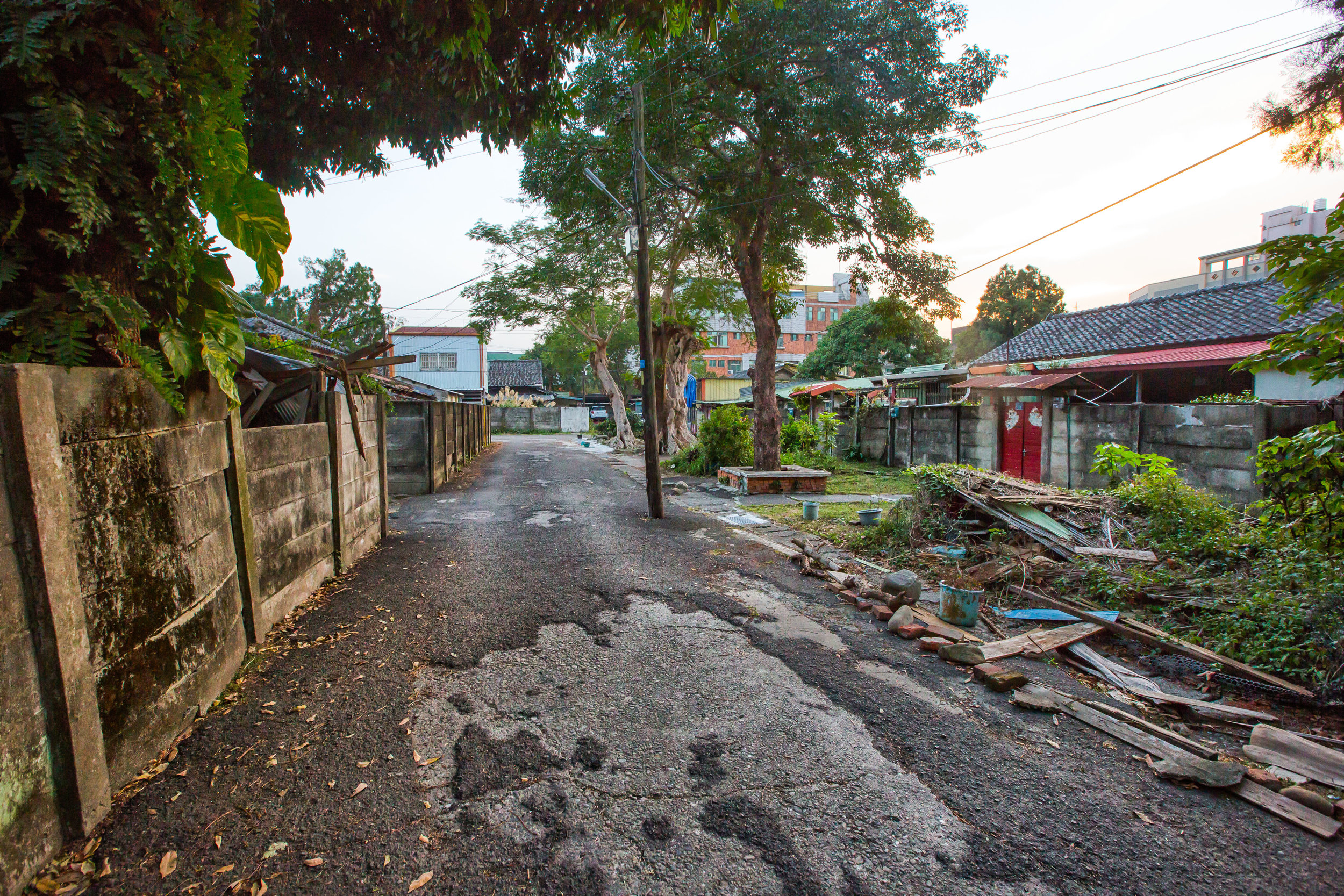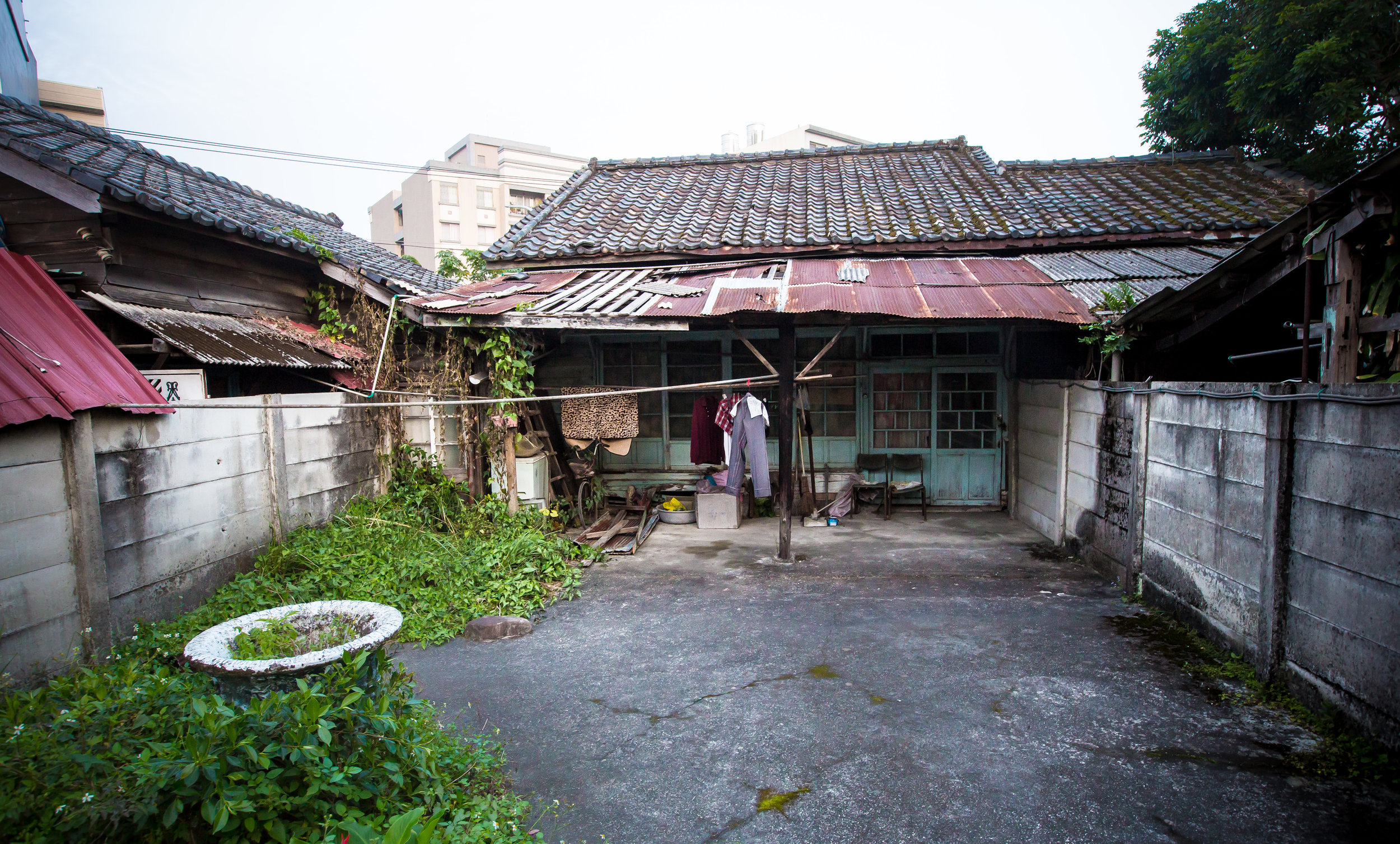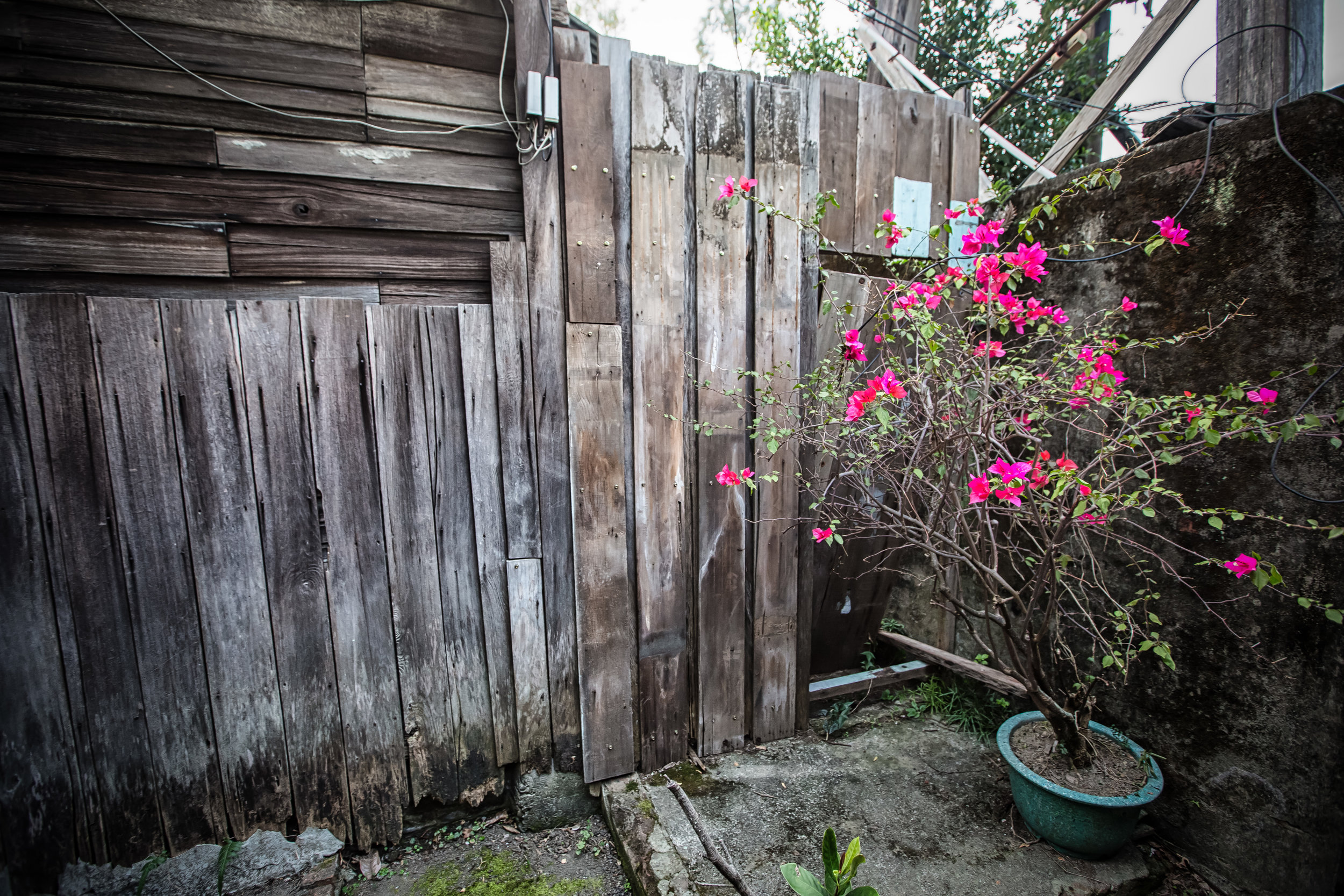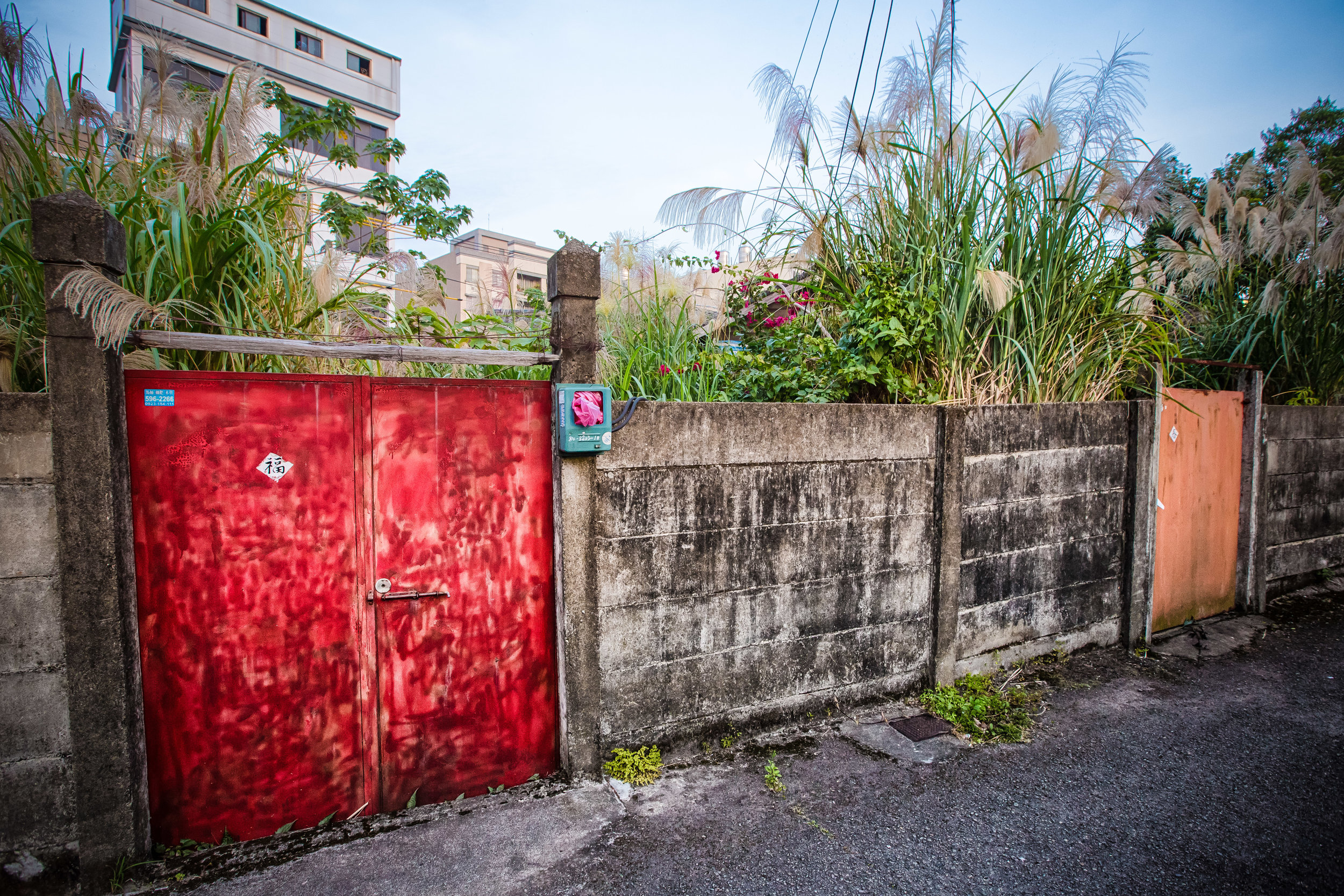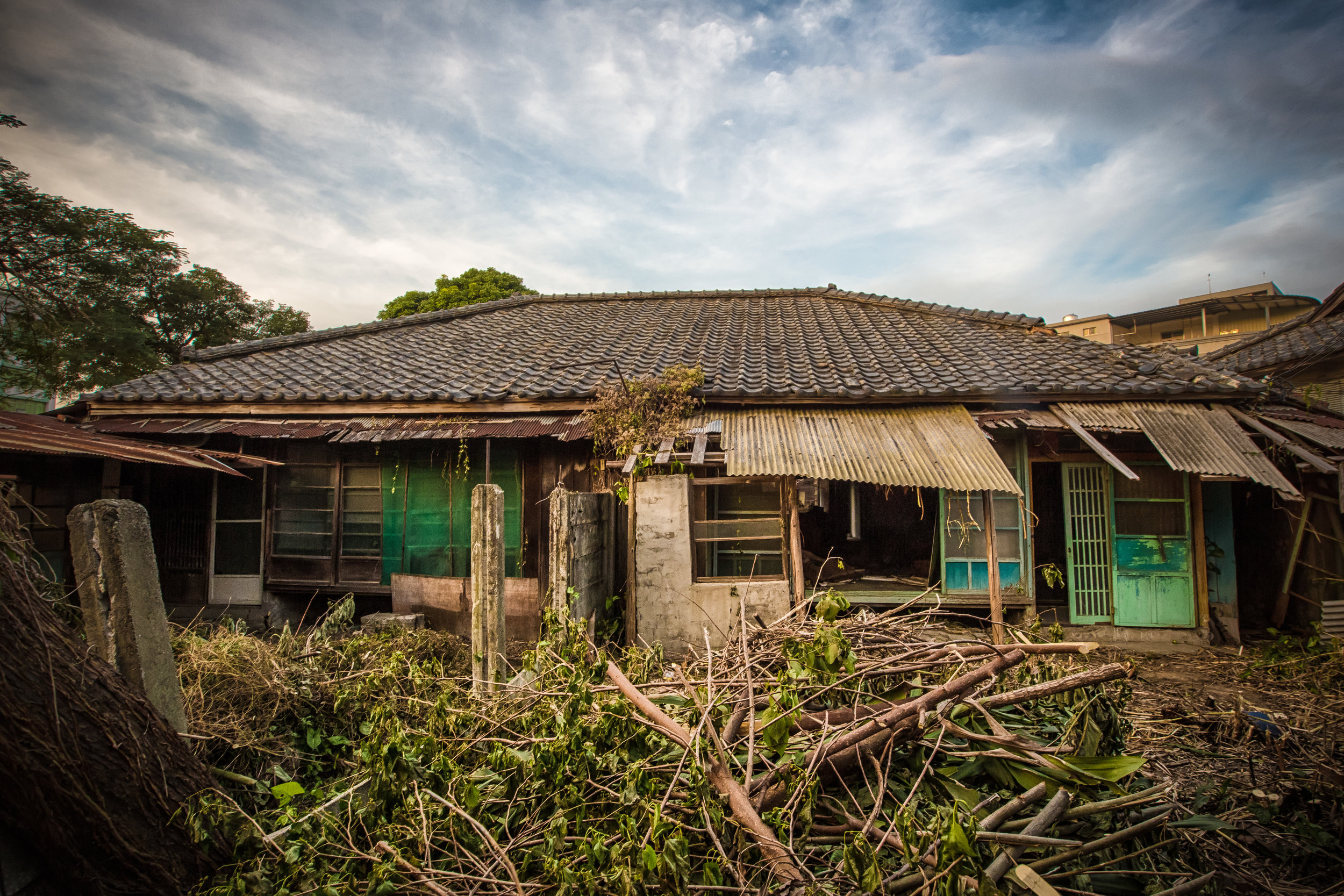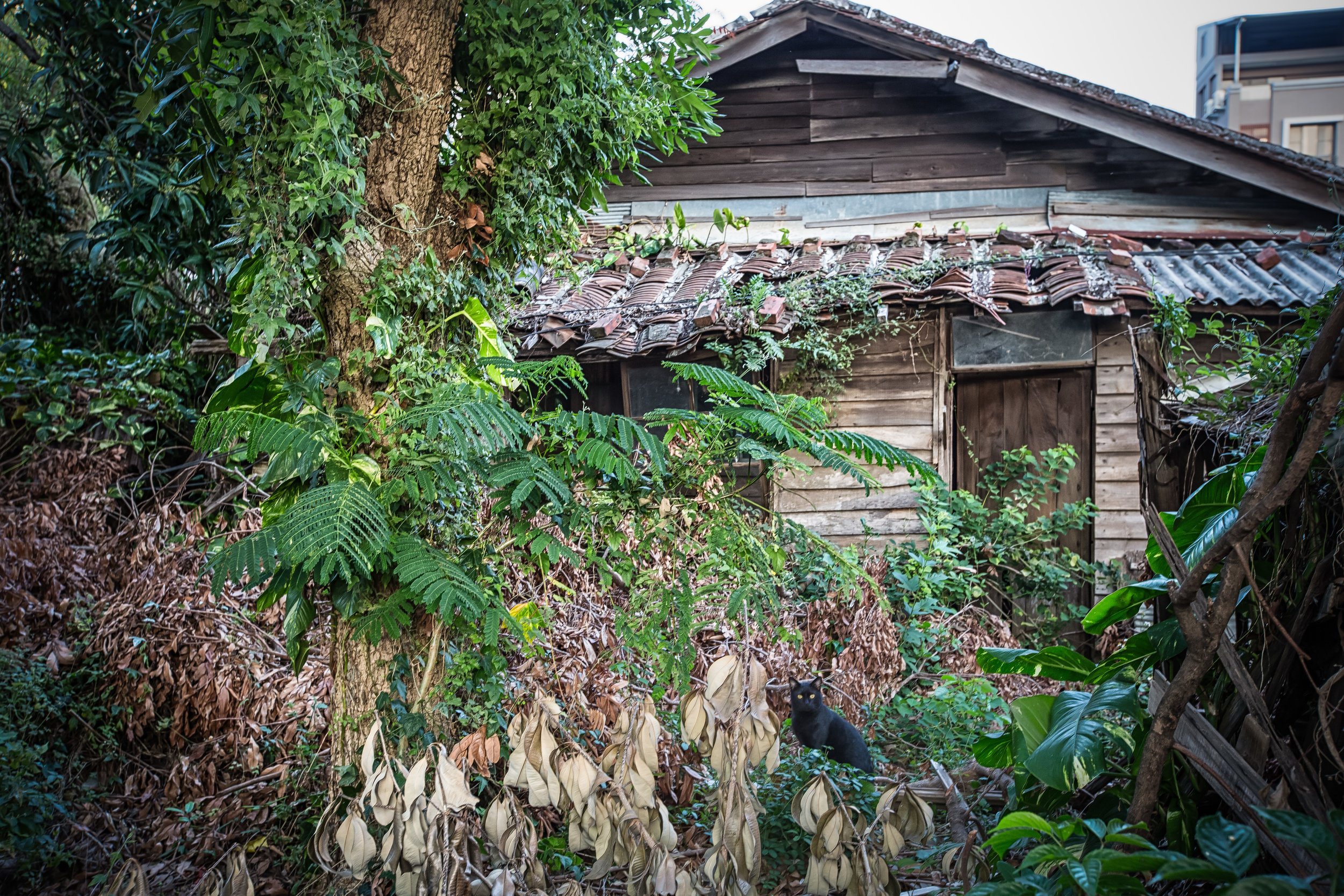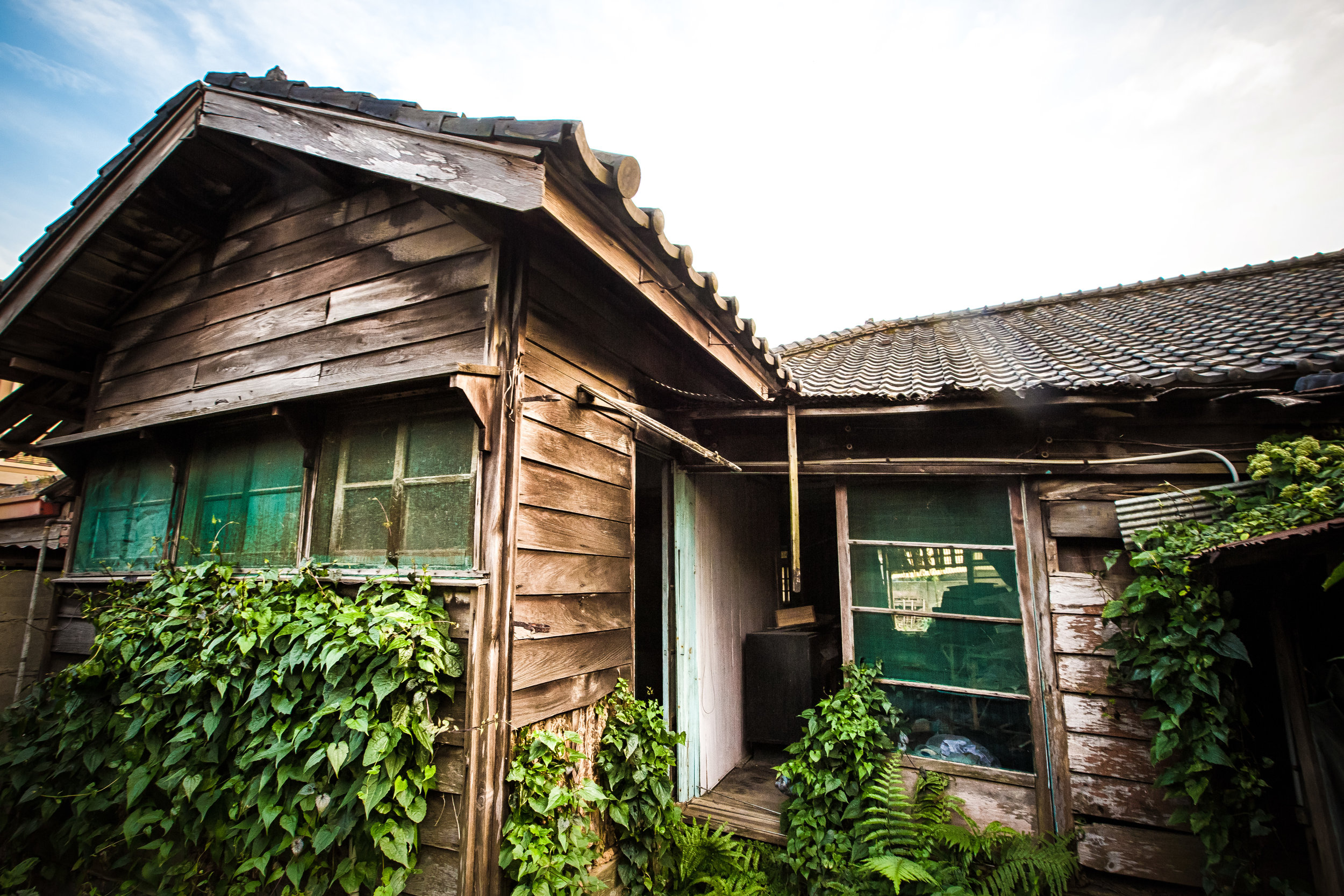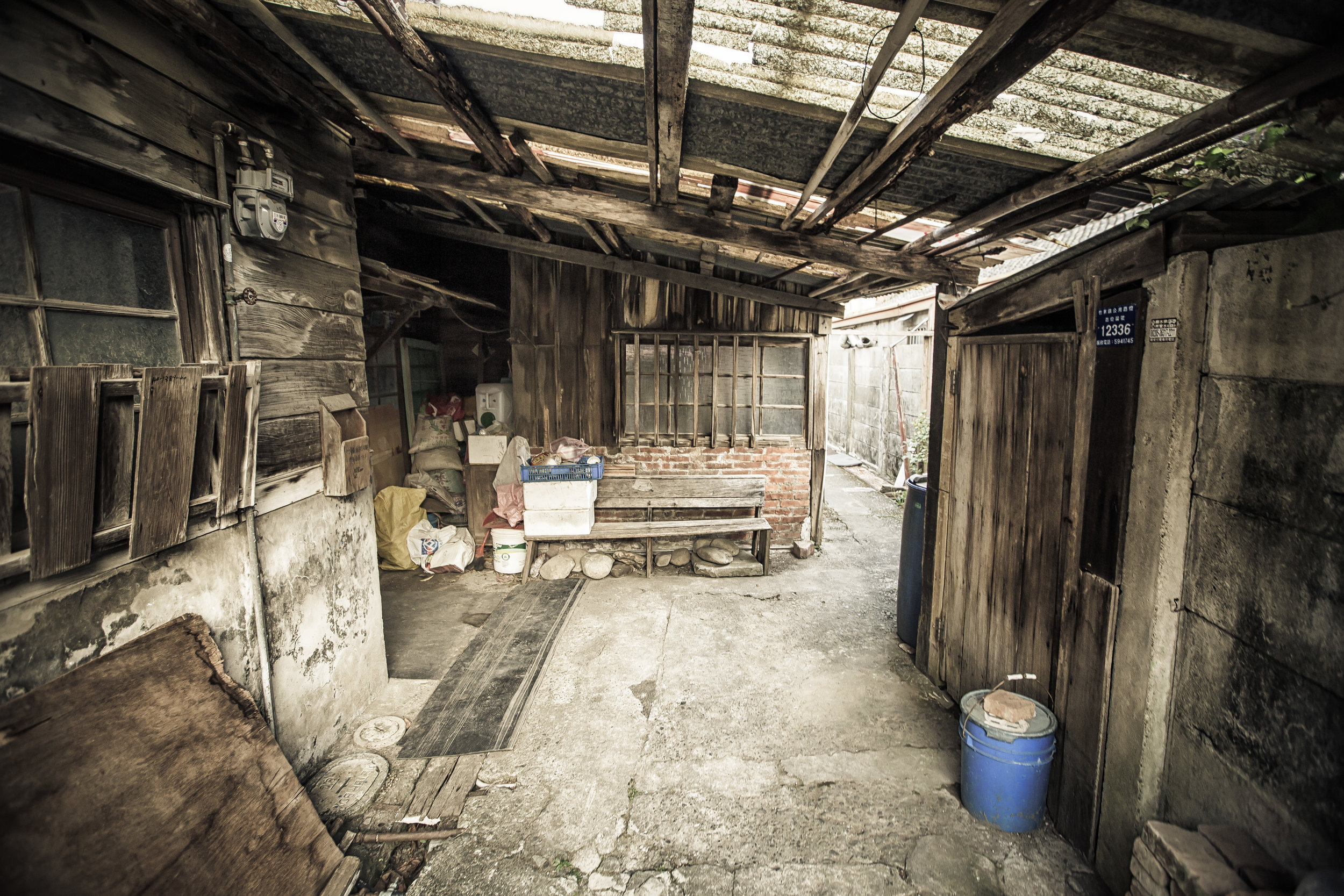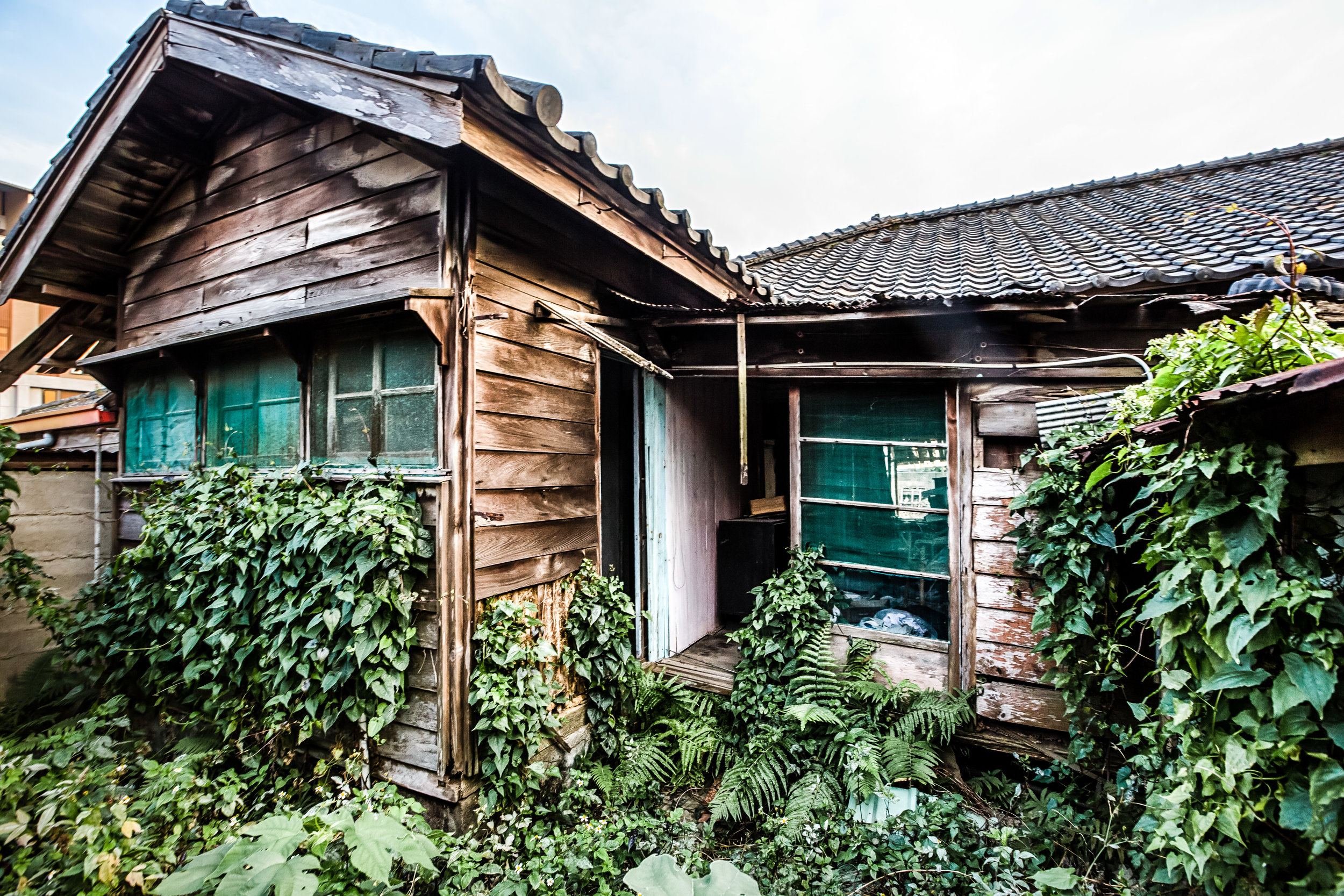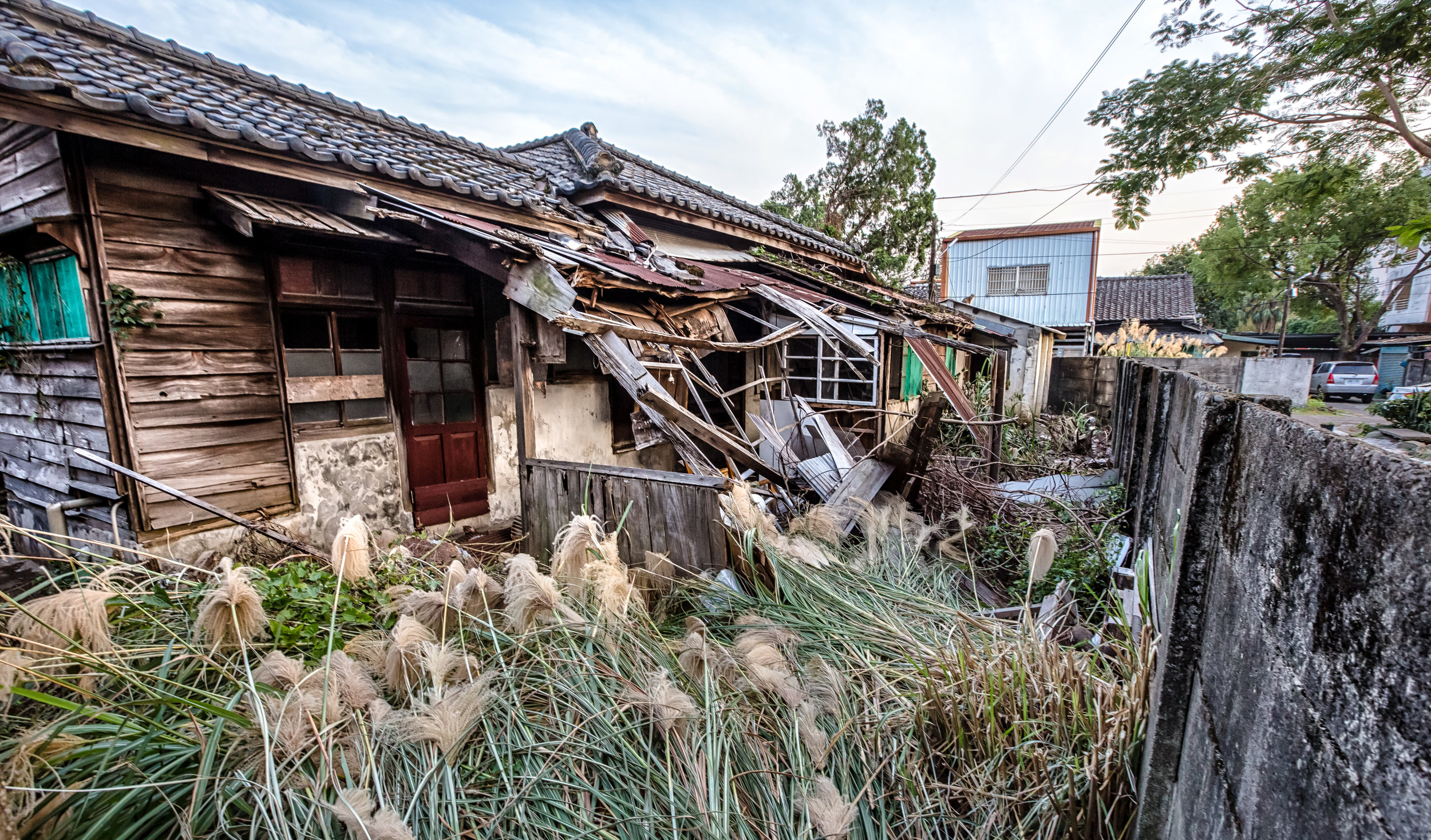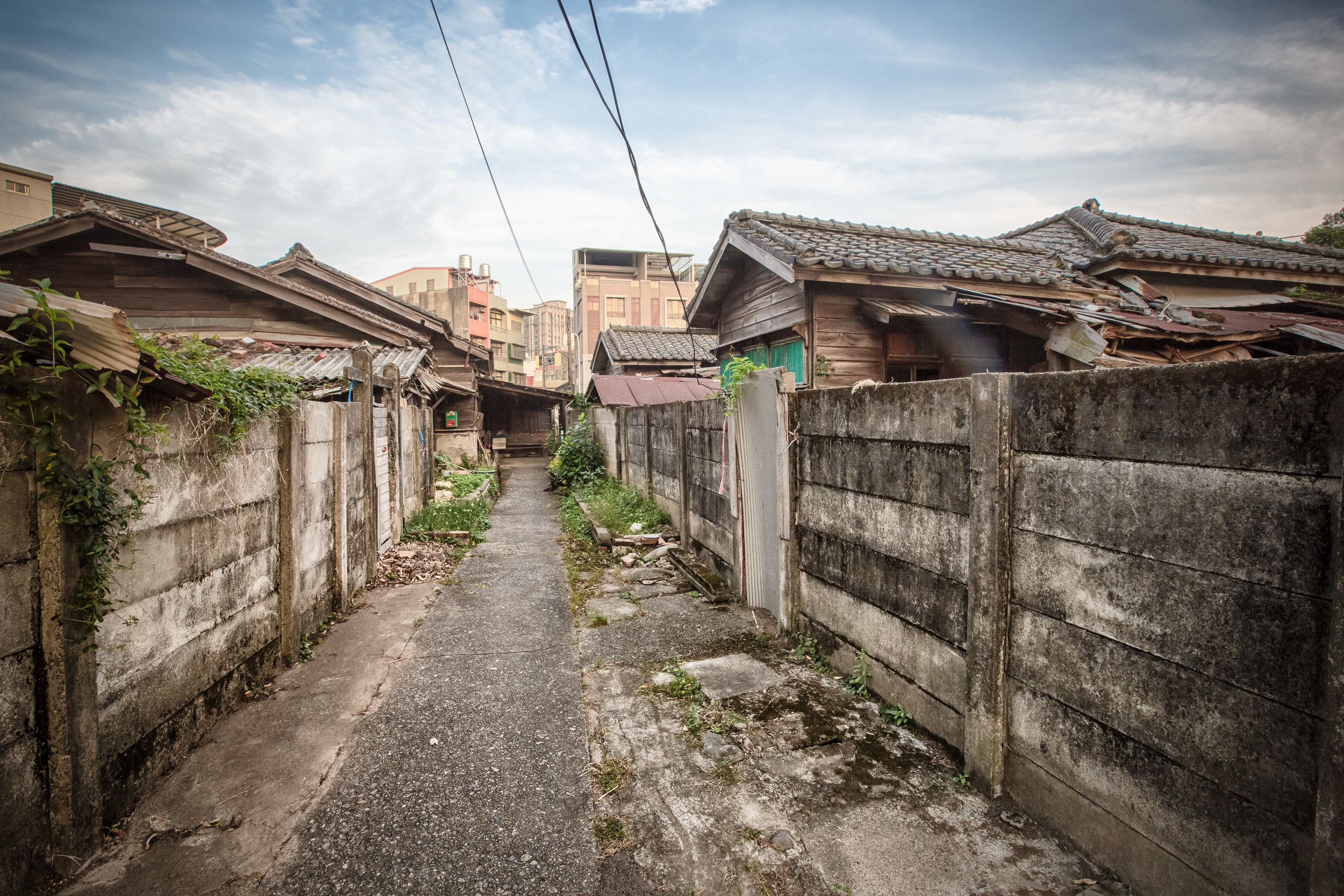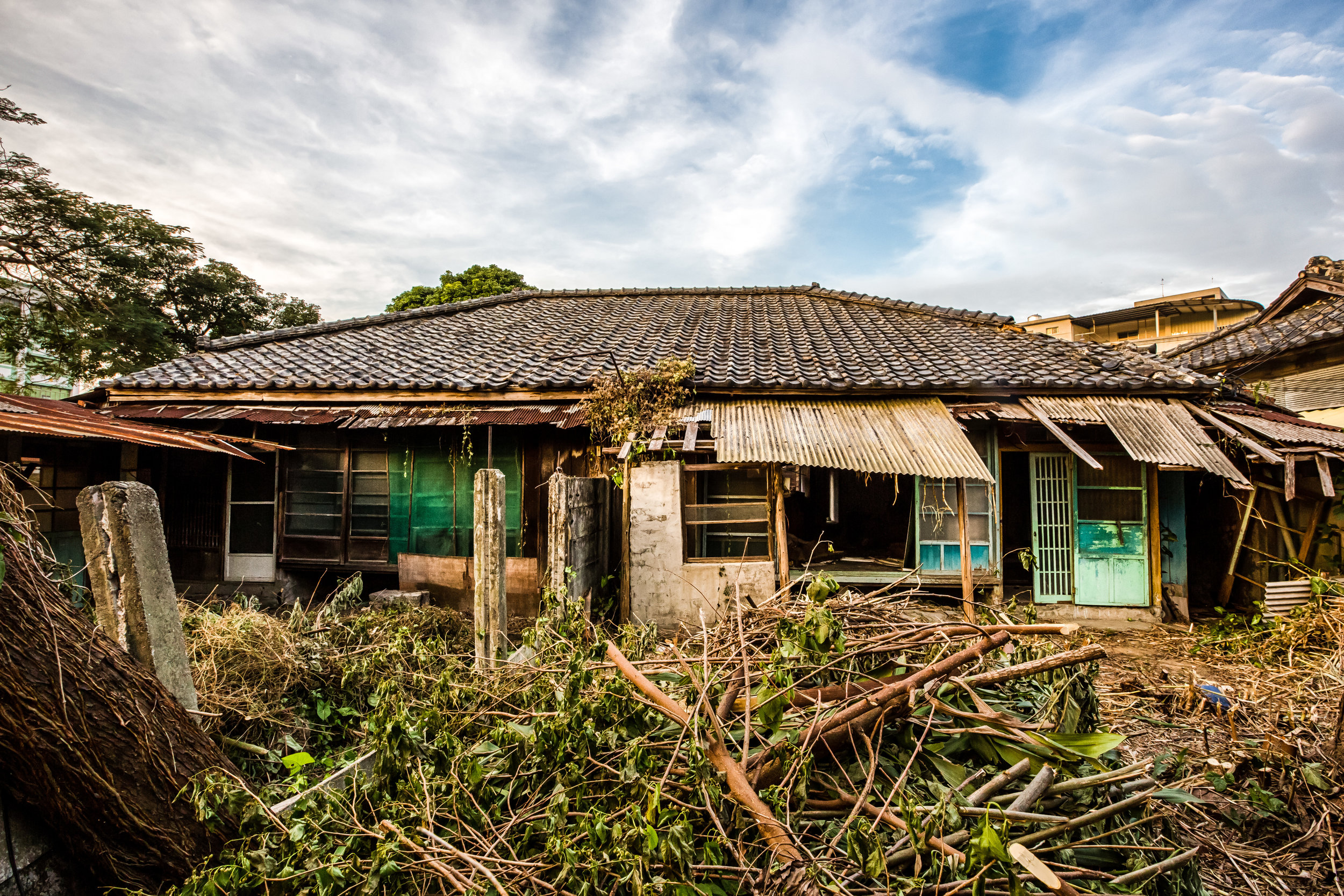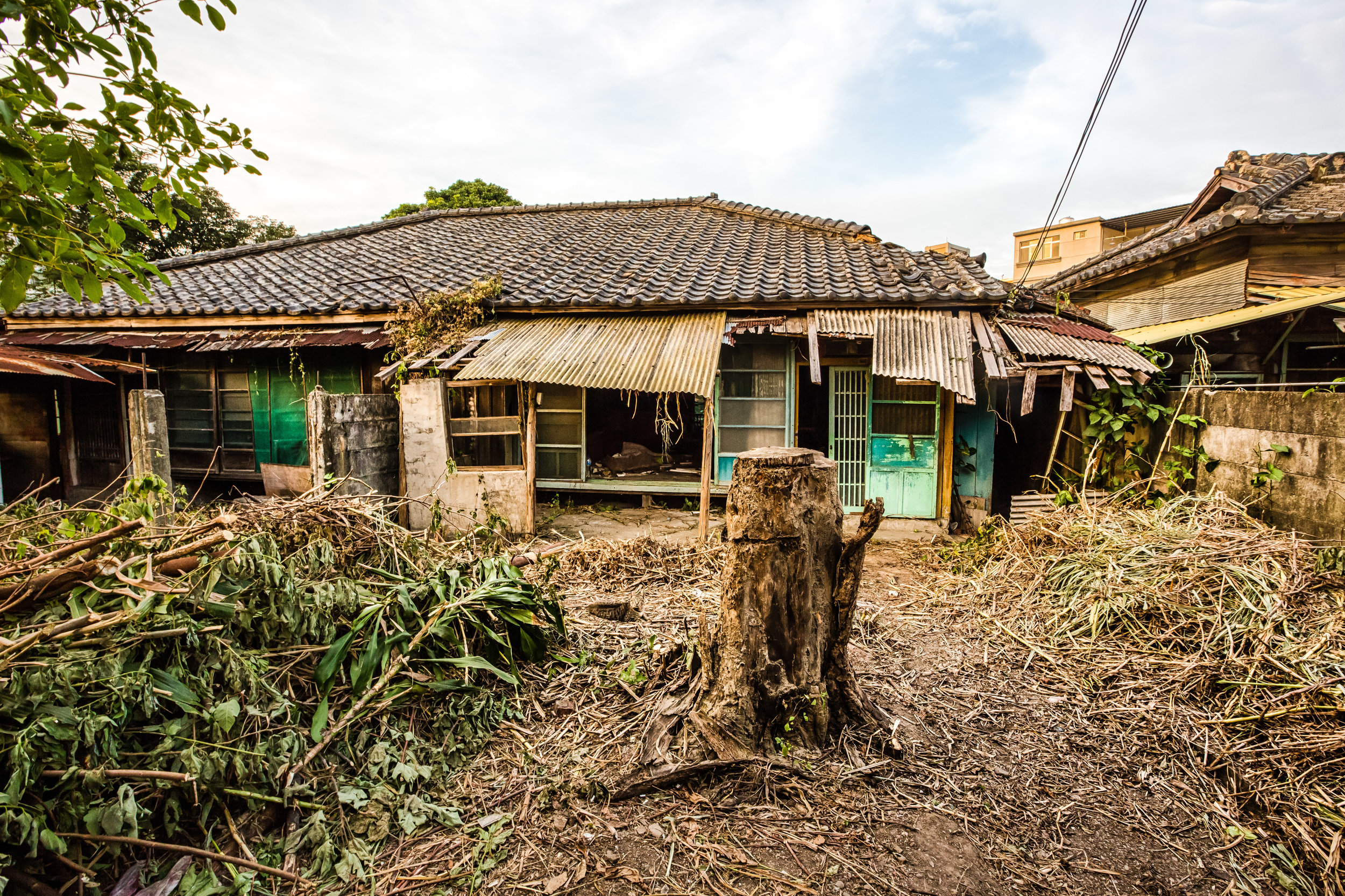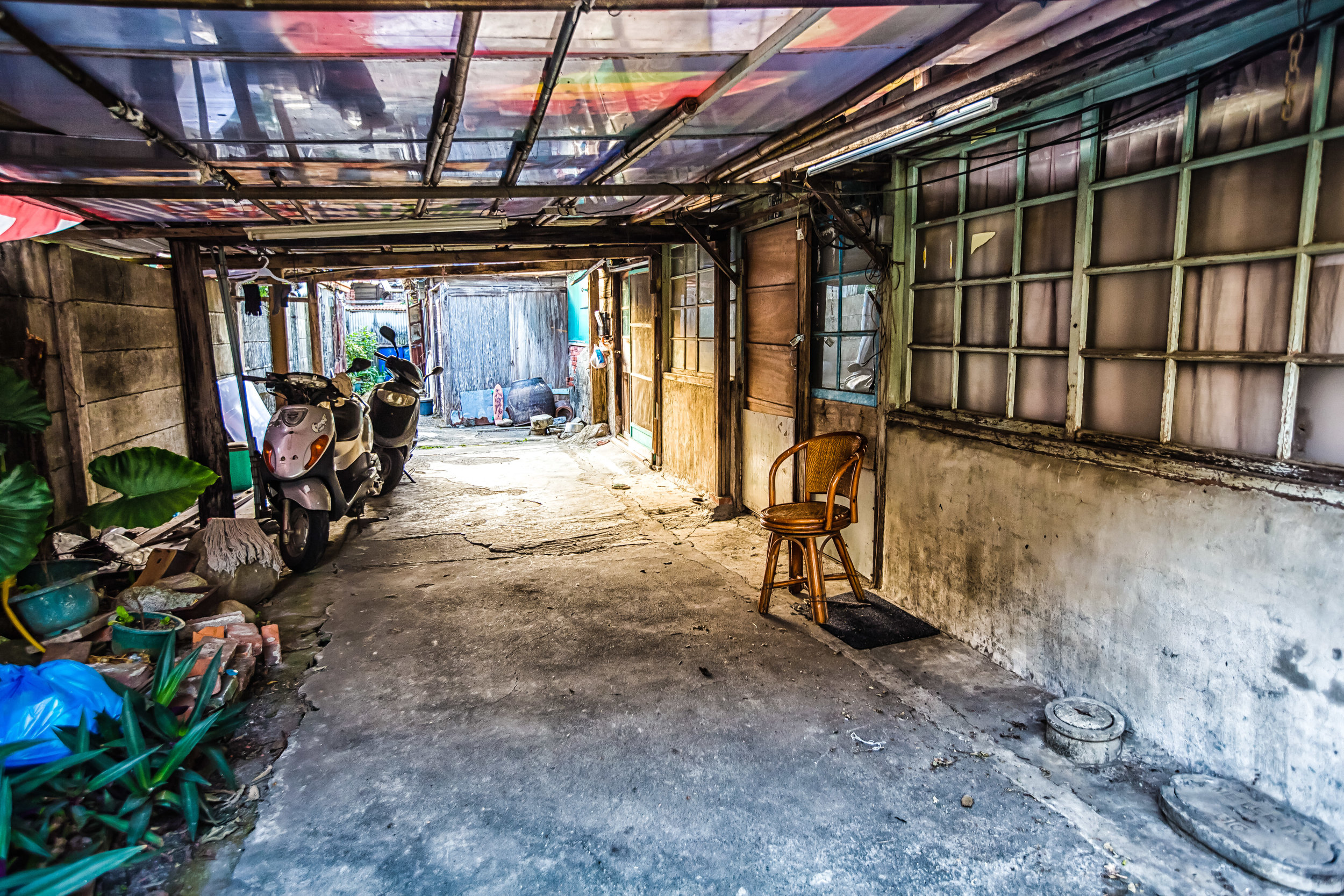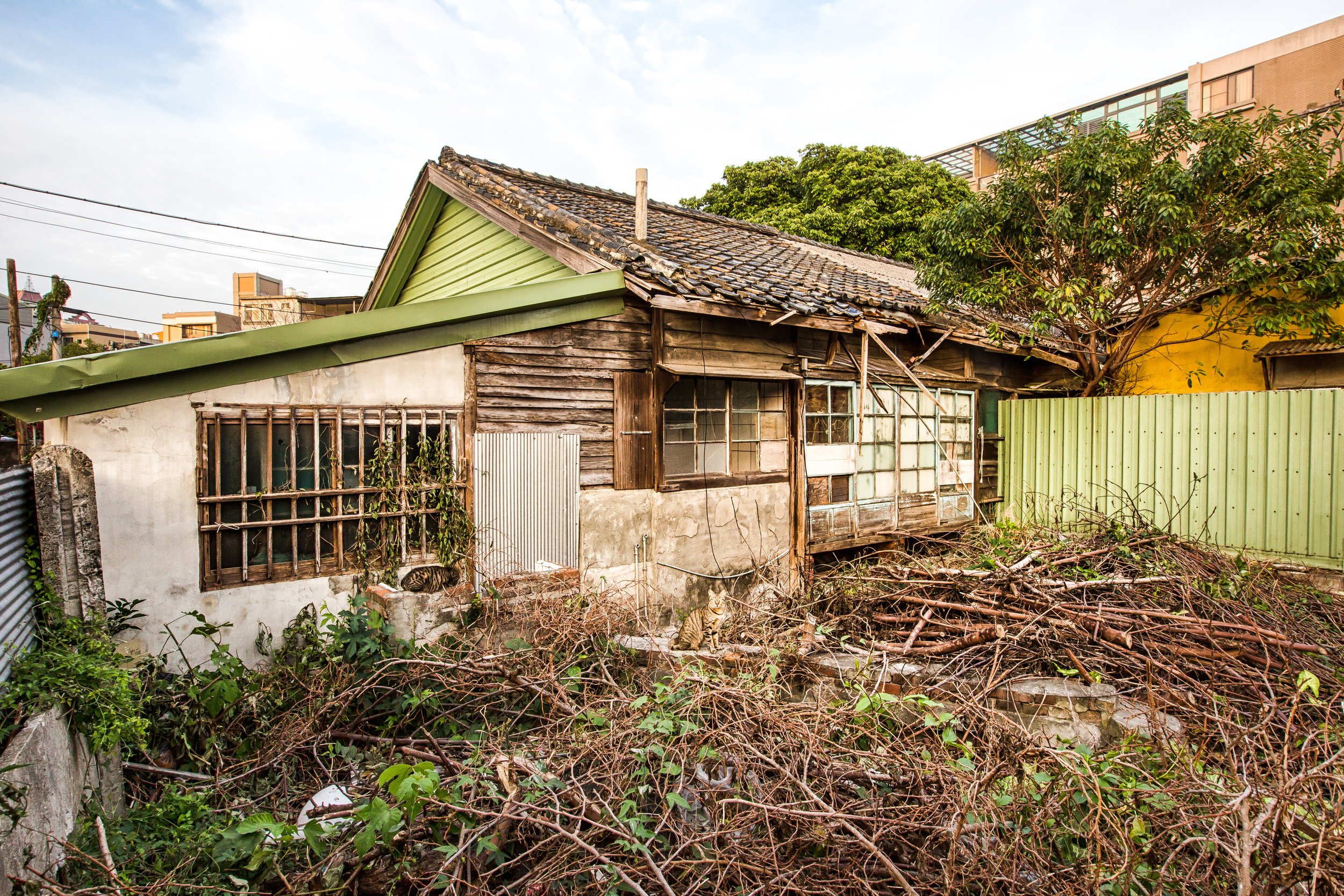I’ve spent a considerable amount of time over the past year taking photos, researching, and writing about Japanese-era related railway destinations around the country. Having posted articles about railway museums, railway factories, railway stations and dormitories, today’s subject is somewhat of a new one for me as I haven’t had the chance to write about railway tunnels thus far.
Given that my main focus with these articles is related to Japanese-era architecture, you might wonder why I’d make an effort to write about a set of tunnels - Sure, they date back to the colonial era, but their architectural significance is clearly not what I usually spend my time writing about. For many reasons however, these two tunnels located in northern Miaoli are historically significant, and they are actually rather photogenic, if I’m telling the truth.
That being said, I’ve always found it a bit strange when I’m out taking photos of all of these beautiful old Japanese-era buildings that I rarely ever come across Instagram influencers taking a billion photos of themselves with all of their weird poses, while a couple empty railway tunnels in Miaoli attracts them them like vultures hovering over a dead body.
Coincidentally, even though I’ve had these tunnels on my list of places to visit for quite a while, it wasn’t actually me who suggested visiting. I had planned a day trip along the Coastal Railway taking photos of the so-called Miaoli Three Treasures (苗栗三寶), three stations located along the coastal railway that have each been in service for a hundred years. To take away from the monotony of visiting a bunch of railway stations, my significant other suggested we add these tunnels as part of our itinerary, to which I agreed.
Link: Miaoli Three Treasures: Dashan Station, Tanwen Station, Xinpu Station
For reasons I don’t particularly understand, these century-old tunnels are considerably more popular than the vast majority of the restored Japanese-era buildings that have opened to the public as culture parks. So, when the local government re-opened them as part of the Qiding Tunnel Culture Park (崎頂隧道文化公園), all it took was a few clever Instagram posts, and a scene reminiscent of a popular Japanese anime to turn the area into an overnight sensation, with people coming from all over the country to visit.
But before I start to introduce the tunnels, allow me a quick minute of your time to rant about something that I think is pretty important: Miaoli is a pretty special place, almost like a country of its own if you will - It’s also a very historic place, with a considerable amount of locations that are significant with regard to Taiwan’s history. Unfortunately Miaoli has been run into the ground by successive local governments that have one after another bankrupted the county. Given that there is so little money to go around, it shouldn’t be a huge surprise that the local government is forced to be very particular about the historic sites that they choose to restore when the annual budget is released.
In recent years, these Qiding Tunnels, as well as some other railway tunnels have received some much needed attention and have opened up as popular tourist attractions, and that’s great. However, there are other historic sites, which are arguably more important and require more attention.
Within the vicinity of these tunnels, you’ll find the so-called ‘three-treasures’ mentioned above, each of which are desperate for a little attention. Similarly parts of the Tungxiao Shrine have yet to receive much attention, despite the amount of tourists that visit. In addition to Japanese-era sites, there is also a long list of other buildings that span hundreds of years of Taiwan’s history that are being sorely neglected.
My point here is not to say that important restoration funding being provided for these tunnels was a bad decision - in fact I’m happy when any historic structure gets restored, but I think it does point to a larger problem with regard to a lack of priorities from the local government.
Miaoli is a huge county that spans almost 2000 square kilometers from the mountains to the coast, and my sincere hope is that the local government can at some point turn things around and get back on track so that these issues can be addressed in a responsible manner.
Ok, thats the end of my rant. As I move on below, I’m going to focus simply on the history of these tunnels, and will spend some time on the culture park that is located there today. I’ll also talk a bit about the train station that is an important part of the park, and contributes to the popularity of the area today. Before I do that though, I’ll provide a brief explanation of the historical signifiance of the area.
Laoquqi / Kicho / Qiding (老衢崎 / きちょ / 崎頂)
The Qiding area, known historically as ‘Laoquqi’ (老衢崎) is located just across the border from Hsinchu County as you pass into Miaoli, and is currently part of Zhunan Township (竹南鎮), separated from the rest of the town by Jianbi Mountain (尖筆山). Amazingly, this quiet part of town was part of a strategically important historic road system that allowed people to travel from the north to south and vice versa.
The road was strategic in that it was close enough to the coast, but far away enough from the mountains that people could pass by relatively safely. This was due to the fact that prior to the arrival of the Japanese, the area was scarcely populated, and the further you moved inland, the higher the percentage you had of never returning. During the Qing dynasty, transporting goods by land was a treacherous enterprise, and the indigenous people didn’t take kindly to immigrants from China - or anywhere else for that matter - encroaching on their territory.
That being said, two separate events have made the ‘Laoquqi’ area stand out as it was the setting for an important battle, and the arrest of a renowned rebel leader. Starting with the latter, in 1786 (乾隆51年), Lin Shuangwen (林爽文), leader of the Heaven and Earth Society (天地會), a secretive Anti-Qing group, formed an army of Ming-loyalists and quickly incapacitated the weak hold that the Qing governors held over Taiwan.
In response, the emperor quickly sent troops to Taiwan to put down the rebellion, but the poorly organized army found themselves easily bested by the rebels who knew the land much better. The turning point in the short-lived war however came when the rebels started murdering the Hakka and Teochew immigrants, resulting in them forming their own militias and working together with the Qing forces to put down the rebellion. With his army’s defeat, Lin Shuangwen retreated and was later found hiding in the Laoquqi area where he was arrested and then later executed.
The rebellion may have only lasted for a year, but its ramifications have had long lasted effects on Taiwan, making it one of the island’s most significant military-related events, and even though the man himself was branded as a criminal and a rebel, his reputation has somewhat improved over the years as his ‘bravery’ at taking on the Qing rulers is something that the Chinese Nationalists tried to capitalize given that they waged the same battle.
Making things a little more interesting, both Sun Yat-Sen (孫中山) and Chiang Kai-shek were members of the same secretive society that Lin himself was once a prominent leader in.
Link: Linshuang Wen Rebellion | Tiandihui (Wiki)
Then, in 1895 (明治28), shortly after the Japanese took control of Hsinchu, a group of anti-Japanese rebels started massing on Jianbi Mountain in an attempt to prevent Japanese forces from moving further south.
The group, numbering around 7000, put up a valiant effort against the Japanese, who outnumbered them and were better equipped, resulting in a relatively quick defeat.
Still, like the situation above, they are remembered today for their heroic efforts.
What do either of these events have to do with the tunnels? Not a lot.
But they do cement the fact that the area we currently refer to as Qiding has been a significant one throughout Taiwan’s modern development and that there are quite a few stories to be told thanks to these beautiful little hills along the western coast.
Fortunately those stories are told as you pass through the tunnels and make your way along the newly created culture park that offers informative guides about the history of the area.
Kichō #1 and #2 Tunnels (崎頂隧道)
You might be thinking, they’re just a couple of tunnels, how could they be all that important?
And sure, I’d tend to agree, but when it comes to the Japanese, there has always been a bit of an obsessive compulsive tendency to ensure that things run as efficiently as humanly possible. These tunnels are essentially a result of that cultural drive for perfection in all things and their construction was an important step in ensuring the efficiency of the Western Trunk Railway, years after it went into service.
Construction on the Kicho #1 and #2 Tunnels (崎頂一號隧道 崎頂二號隧道), better known today as the “Qiding Tunnels” (崎頂隧道) or the “Qiding Mother and Son Tunnels” (崎頂子母隧道) started in 1926 (昭和元年) and were completed two years later in 1928 (昭和三年).
Something important that you’ll want to keep in mind is that 1926 was officially the inaugural year (元年) of the Showa Emperor’s (昭和皇帝) rule, and as it was a period of transition within Japan, it as also an important year for the construction of ambitious projects across Japan, and here in Taiwan as celebrations were taking place throughout the empire for the new era.
The Jūkan Tetsudo Project (ゅうかんてつどう / 縱貫鐵道), otherwise known as the ‘Taiwan Trunk Railway Project’ sought to have the railroad pass through all of Taiwan’s already established settlements, including Kirin (基隆), Taihoku (臺北), Shinchiku (新竹), Taichu (臺中), Tainan (臺南) and Takao (高雄). Completed in 1908 (明治41), the more than four-hundred kilometer railway connected the north to the south for the first time ever, and was all part of the Japanese Colonial Government’s master plan to ensure that Taiwan’s precious natural resources would be able to flow smoothy out of the ports in Northern, Central, and Southern Taiwan.
After several years of operation however, the Railway Department of the Governor General’s Office (臺灣總督府交通局鐵道部) came to the conclusion that the existing track between Kozan (香山驛 / こうざんえき) and Chikunan (竹南驛/ちくなんえき) had some fundamental issues that needed to be resolved as the stretch of rail around the Jianbi Mountain (尖筆山) area needed to be addressed. The railway, which originally traveled directly from Kozan to Chikunan (Currently Xiangshan and Chunan) featured the 146 meter-long Jianbi Mountain Tunnel (尖筆山隧道), and an unfavorably steep incline that slowed trains down.
Given that the late 1920s thrust Chikunan Station into a more important role as it was where the Mountain Line (山線) and the Coastal Line (海岸線) split, there would have been a considerable amount of freight traffic passing through the area in addition to passenger trains. The inefficiency of the single-lane tunnel forced the railway engineers to come up with plans for the Jianbi Mountain Railway Improvement Project (尖筆山附近改良線), which rerouted the railroad through Kicho (崎頂) on the western side of the mountain and then south-east into Chikunan.
As a result, the railway added the “Kicho Signal Station” (崎頂信号場 / きちょしんごうじょう) in 1928 (昭和3年), which three years later was upgraded into Kicho Railway Station (崎頂驛 / きちょえき). However, as the railway was rerouted to the western side of Jianbi Mountain, the problem still remained that the railway would at some point have to pass through a mountain tunnel prior to arriving in Qiding.
This time the engineers solved a couple of issues:
The tunnels were constructed in an area where there wasn’t an incline.
The tunnels were constructed to be wide enough to allow two lanes of traffic to pass through.
The first tunnel (一號) has a length of 130.78 meters while the second (二號) is 67.48 meters, both of which have a width of 8 meters each, making them wide enough for dual rails. The lower potion of each of the tunnels was fortified with reinforced concrete while the curved upper half has beautiful red brick masonry, which is considered to be rather unique for the construction of rail tunnels like this in Taiwan. It also ensured that the tunnels were extremely durable as the high-quality materials have allowed the tunnels to remain intact for close to a century.
For most English speakers, I’m assuming that naming of the tunnels seems a bit generic - However, for reasons I don’t particularly understand, they have been nicknamed by locals as the “Mother and Son tunnels” (子母隧道), which I’m assuming is due to the fact that one of them is longer than the other? Personally, I prefer to stick with #1 and #2 for clairity sake.
Anyway, they’re just railway tunnels, there’s not much else to say about them save for the events of the Second World War, and their ultimate abandonment.
In 1945 (昭和20年), during the latter stages of the Second World War, the frequency of allied airstrikes on Taiwan had increased considerably, and the railway was one of their favorite targets. Chikunan Station for example was bombed on several occasions and as the trains stretched along the coast they became sitting ducks for bombers. The tunnels thus became an important area for not only hiding trains as the airstrikes were taking place, but also a safe space for the locals to evacuate. Knowing this, the allies often fired machine guns from the air at the tunnels and today you can still find traces of these attacks within the tunnels in the form of bullet holes.
In the 1970s when the Taiwan Railway Administration started to electrify the railway, the clearance within the tunnels proved to be insufficient, so the railway had to once again be diverted. The tunnels were officially abandoned in 1978 (民國67年) when the electrified route between Keelung (基隆) and Jhunan (竹南) was completed.
On June 24th, 2005, the tunnels were registered as as Miaoli County Protected Historic Site (苗栗縣歷史建築) and funding was allocated through the Jhunan Township Office (竹南鎮公所) to restore the area and open it up for tourism. Soon after the Qiding Tunnel Cultural Park (崎頂隧道文化公園) was opened, offering a walking path from the nearby railway station to the tunnels and includes some informative displays for visitors to learn about the history of the area.
And then shortly after they became a huge hit on Instagram and people from all over Taiwan started visiting!
Qiding Railway Station (崎頂火車站)
Taking into consideration how Qiding Railway Station is the starting point for most people’s visit to the culture park, I’m going to take just a minute to talk about the railway station in its current existence, and why it is an Instagram hot spot in its own right.
First, as mentioned above, Qiding Station first opened in 1931 (昭和6年) as a small Japanese-style wooden station similar to that of nearby Xiangshan Station, Dashan Station and Tanwen Station. Unfortunately in 1996 (民國85年) that station was torn down and replaced with an unimpressive-looking modern structure.
The highlight of the station however isn’t actually the station itself.
To reach the station you have to walk down a steep set of stairs, which has become a popular Instagram spot thanks to its resemblance to a scene in the popular 2016 Japanese anime titled “Your Name” (你的名字/ 君の名は). Taking inspiration from the real-life stairs at the Suga Shrine (須賀神社) in Shinjuku, Tokyo, the stairs at Qiding Station have become a popular spot for young Taiwanese couples who recreate the scene for Instagram or even wedding photos.
No matter what your reason for visiting, the Qiding Tunnel Culture Park is a nice spot to spend part of your day if you find yourself in the area. If you’re there just for the Instagram photos, I’m sure you’ll enjoy yourself as the area really is quite picturesque.
I know I tend to go far too in-depth with these things, but with so little historical information available about the area, I hope this article helps people understand the tunnels a bit more.
Getting There
Address: No. 12, Nangang St, Zhunan Township, Miaoli County (苗栗縣竹南鎮南港街12號)
GPS: 24.730040, 120.878690
As is the case with any of my articles about Taiwan’s historic railway-related destinations, I’m going to say something that shouldn’t really surprise you - When you ask what is the best way to get to the this area, the answer should be pretty obvious: Take the train!
In fact, if you don’t have access to your own means of transportation, be it car, scooter or a bicycle, you’ll discover that it’s going to be somewhat difficult to visit Qiding as it is located in a remote area where public transportation is pretty much non-existent, save for the train!
Located just across the border from Hsinchu, the Qiding area is only a few stops south of Hsinchu Train Station, so if you’re traveling from the north, getting to the area shouldn’t take that much time. More precisely, Qiding is a fourteen minute ride south from Hsinchu Station on one of Taiwan Railway’s local commuter trains (區間車). That being said, once you’ve arrived at Hsinchu Station, if you’ve taken an express train, you’ll have to get off and transfer to one of the local trains as the express trains won’t stop at Qiding Station.
From Qiding Station, the tunnels are a short walk away through a well-developed tourist path, so you shouldn’t have much trouble finding your way.
If you have access to your own means of transportation, you should be able to get yourself to the area quite easily if you input the address or the GPS provided above. There are however two different sides to the park that you’ll want to keep in mind. The first is the northern portion, which is closest to the tunnels.
This area is located along a very narrow road, but provides an ample amount of free parking. If you’re driving a car, this is probably the better area to park, but getting in and out can be somewhat treacherous as the road to the parking lot wasn’t constructed to accommodate a lot of traffic.
The other area where you can park is on the southern side closer to the train station. This side only allows for road-side parking, but can be rather difficult to find a space when the area is busy.
If you’re driving a scooter on the other hand, both sides are pretty easy to get to and you’ll easily find a place to park your scooter.
Finally, if you’re out for the day enjoying the beautiful Xiangshan Wetlands (香山濕地) on your bicycle, or a rented YouBike, with a little extra effort, you’ll also be able to enjoy the Qiding Area as it is a short detour off of the southern portion of the popular coastal bike path. The tunnels are a little over five kilometers from Xiangshan Train Station, and you’ll get to pass by the popular Xiangshan Sand Dunes (香山沙丘), the Sound of the Sea (海之聲) in the southern section of the wetlands.
References
崎頂車站.當日光穿透過子母隧道時 (旅行圖中)
崎頂一、二號隧道 (Wiki)
尖筆山隧道 (Wiki)
崎頂車站 (Wiki)
[苗栗竹南].崎頂鐵路懷舊隧道 (Tony的自然人文旅記)
見證歷史的小鎮──崎頂 (民報)
Qiding Tunnels (苗栗旅遊網)











